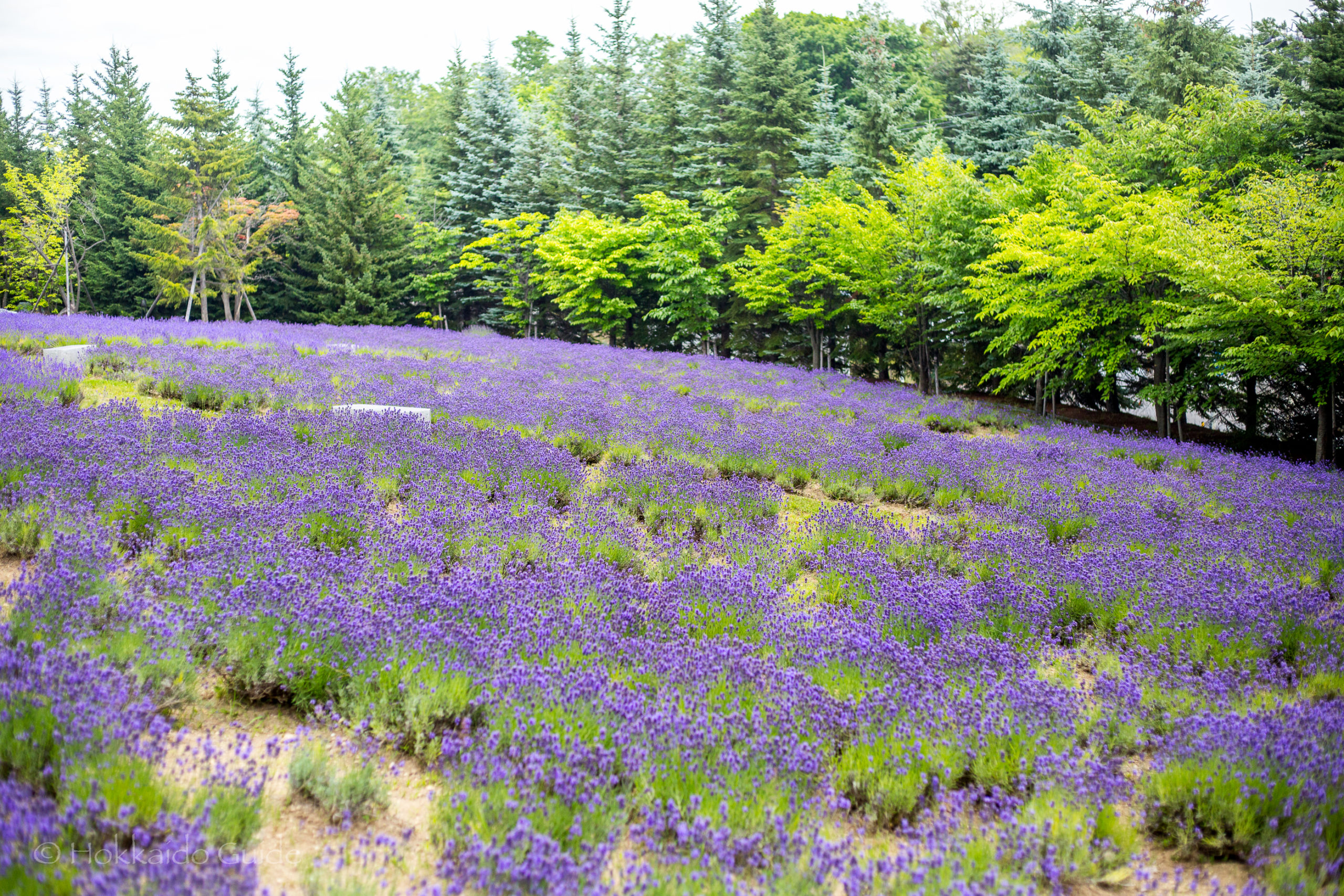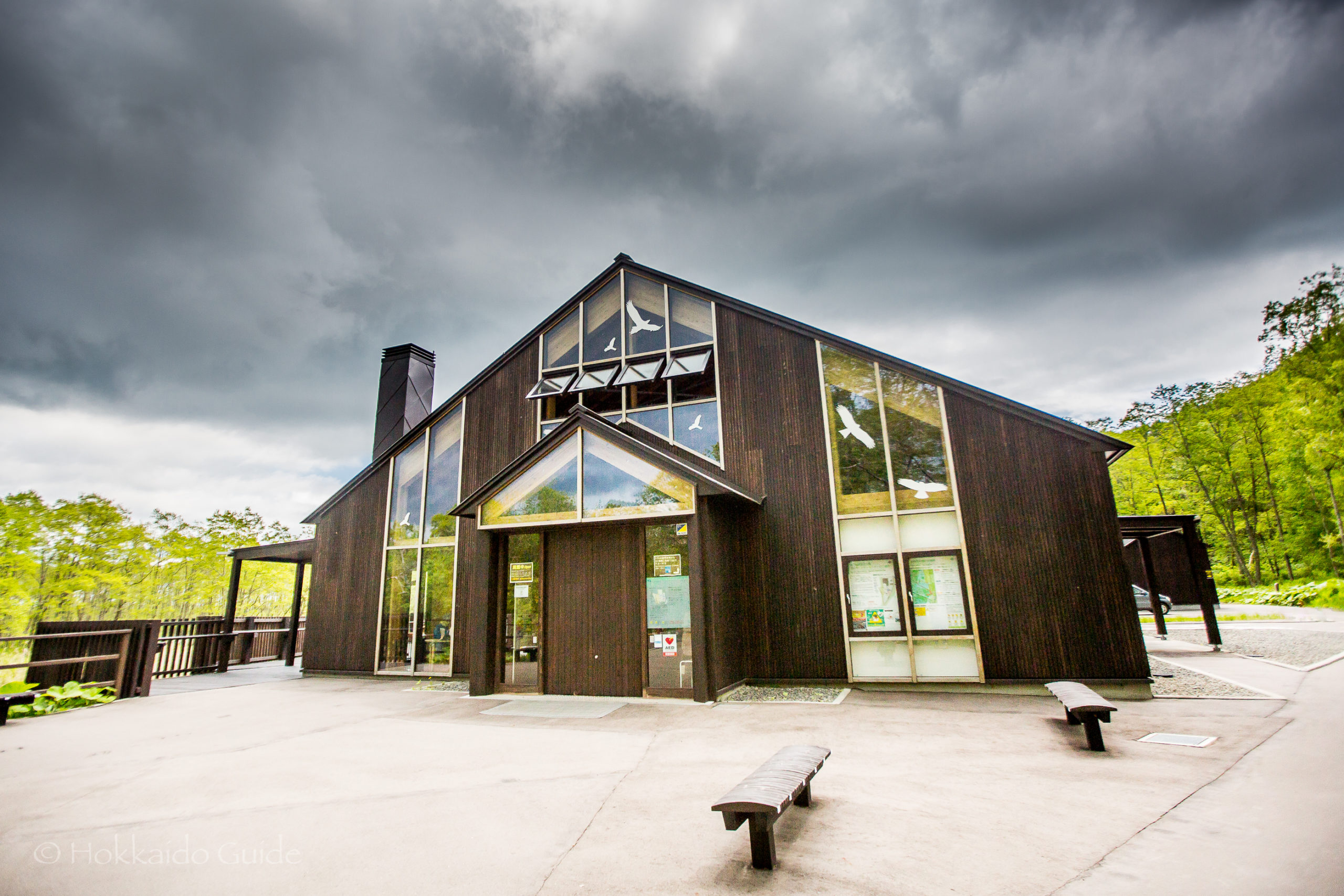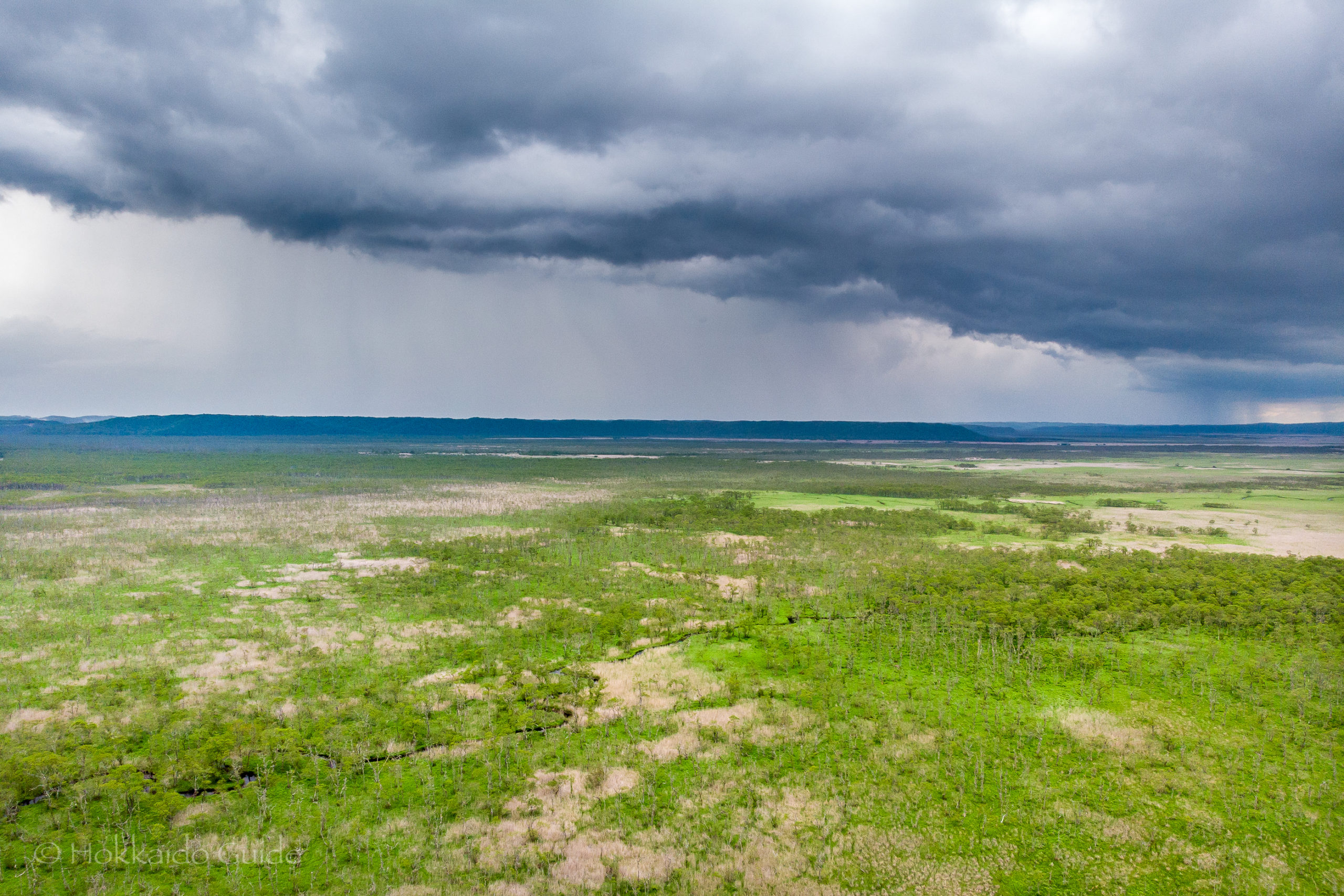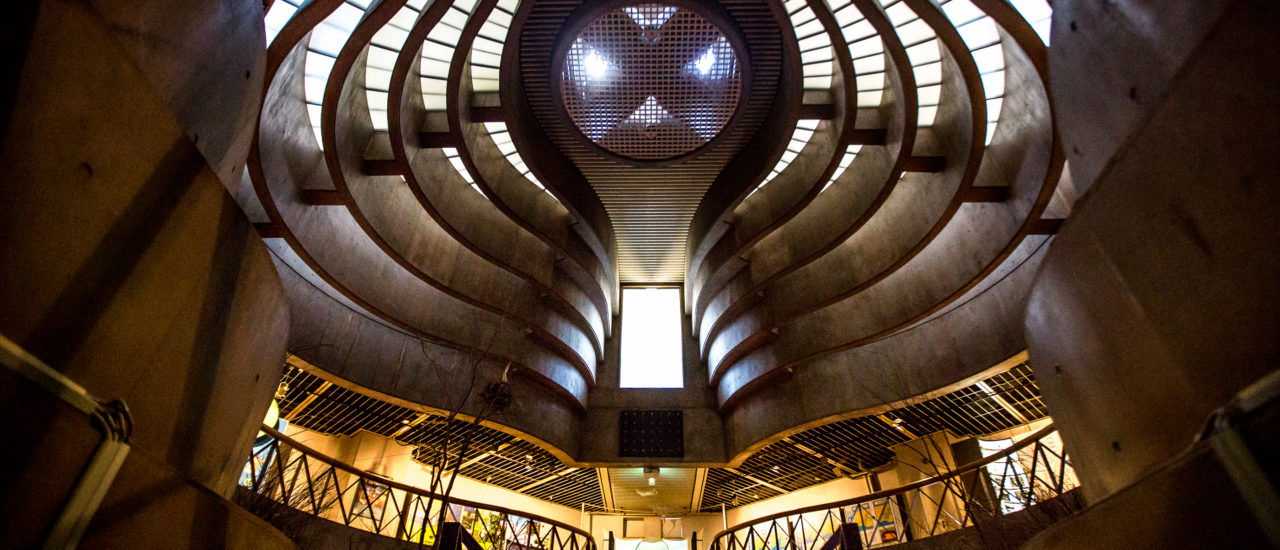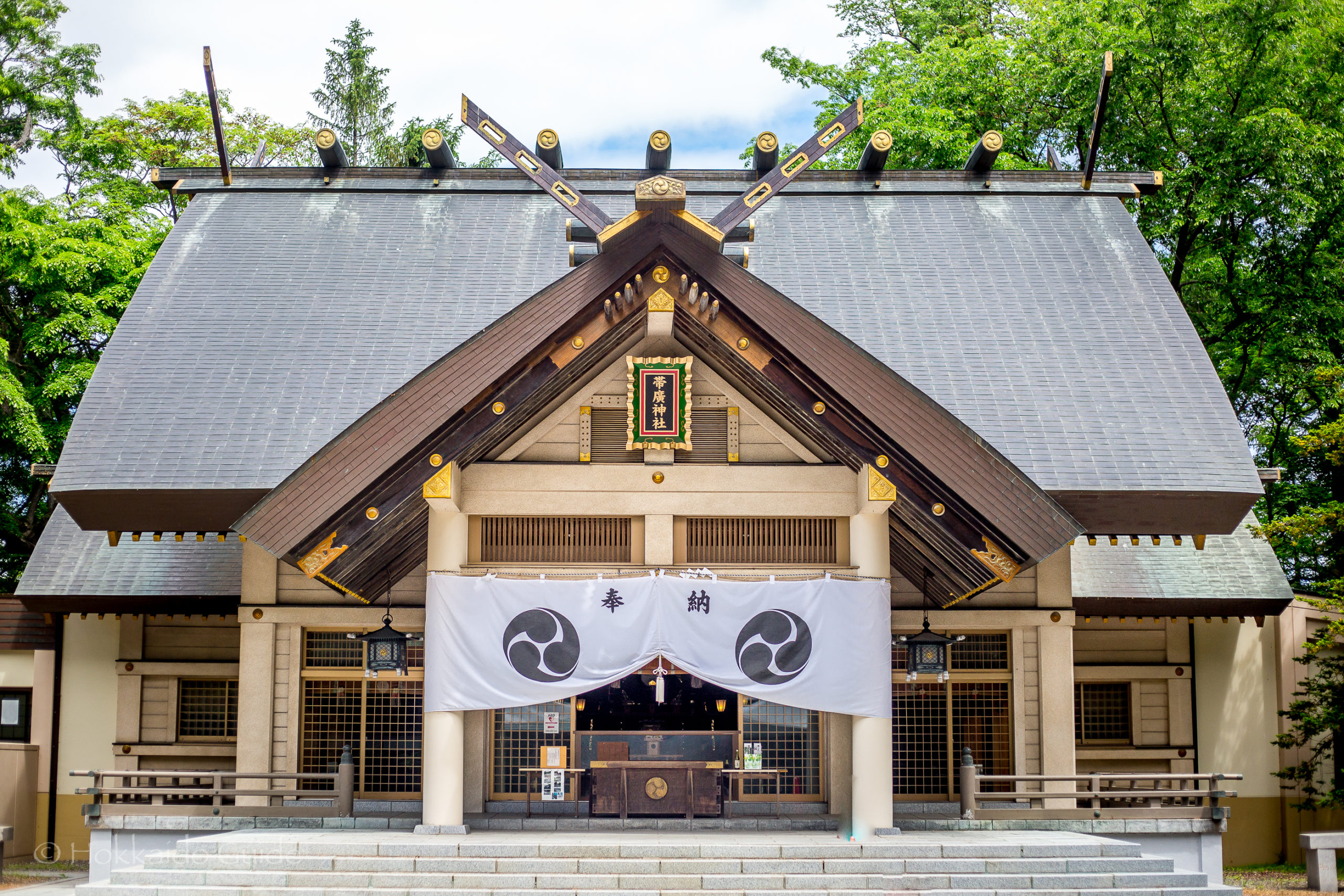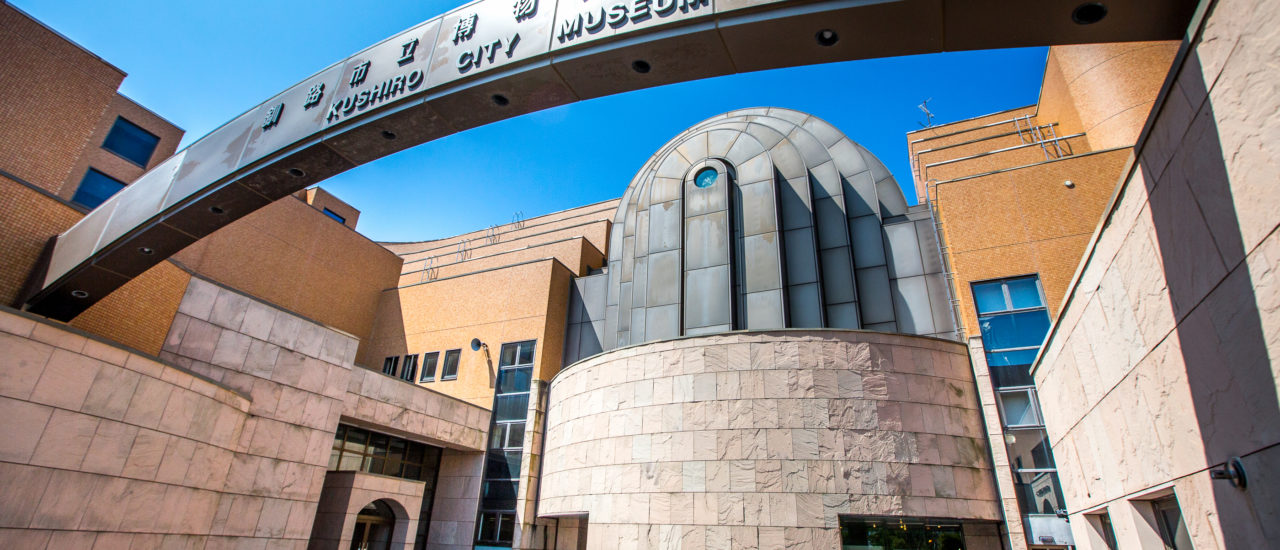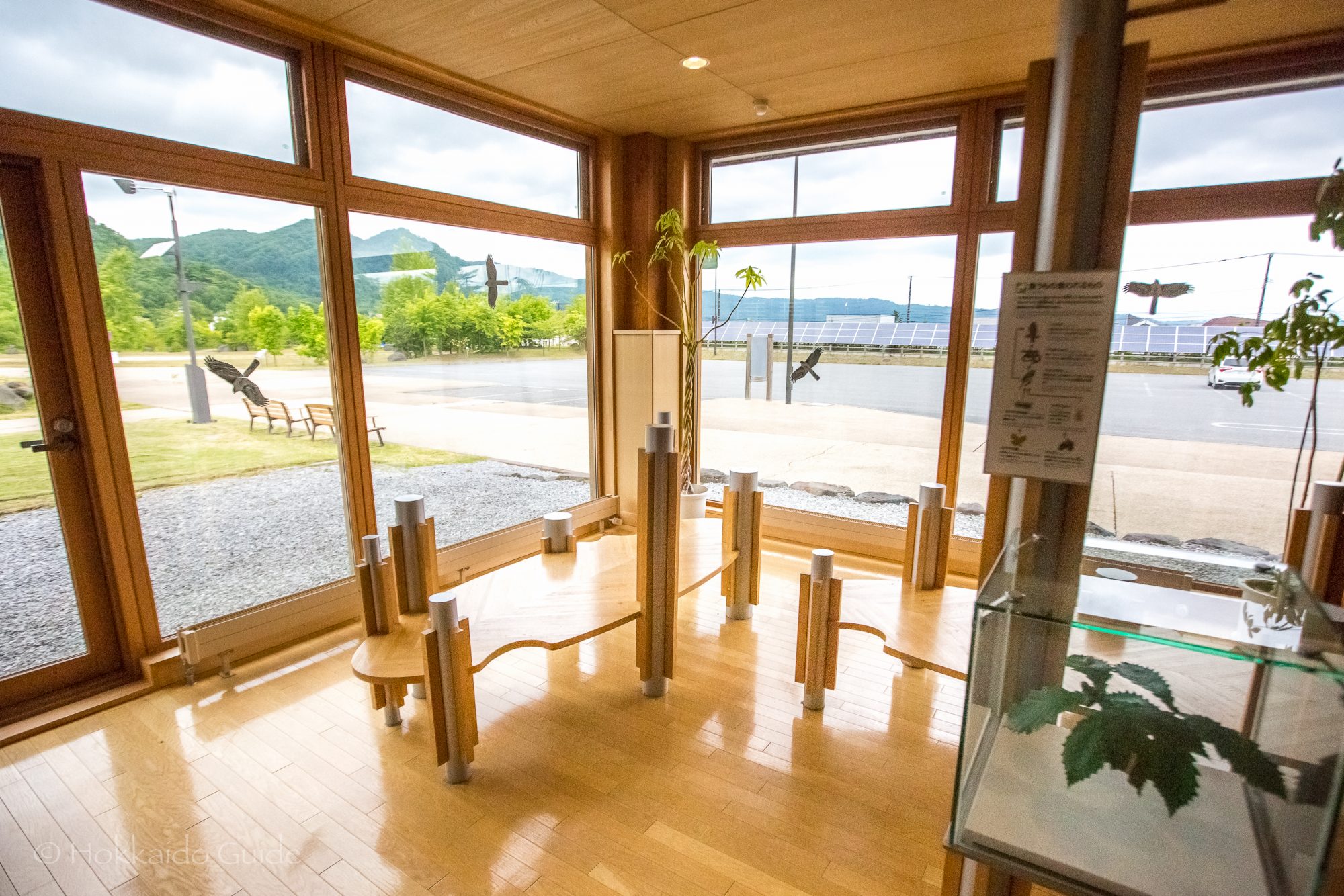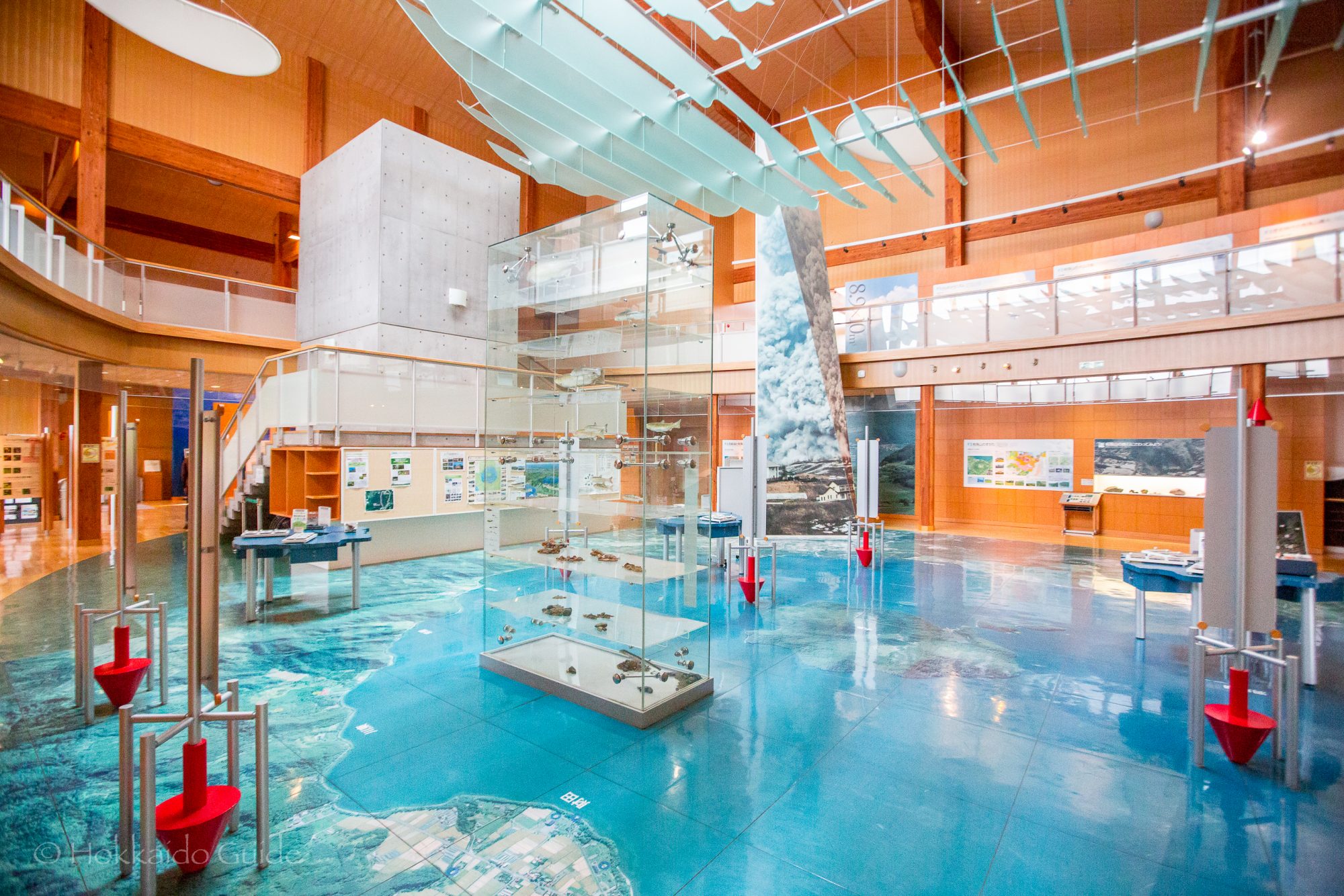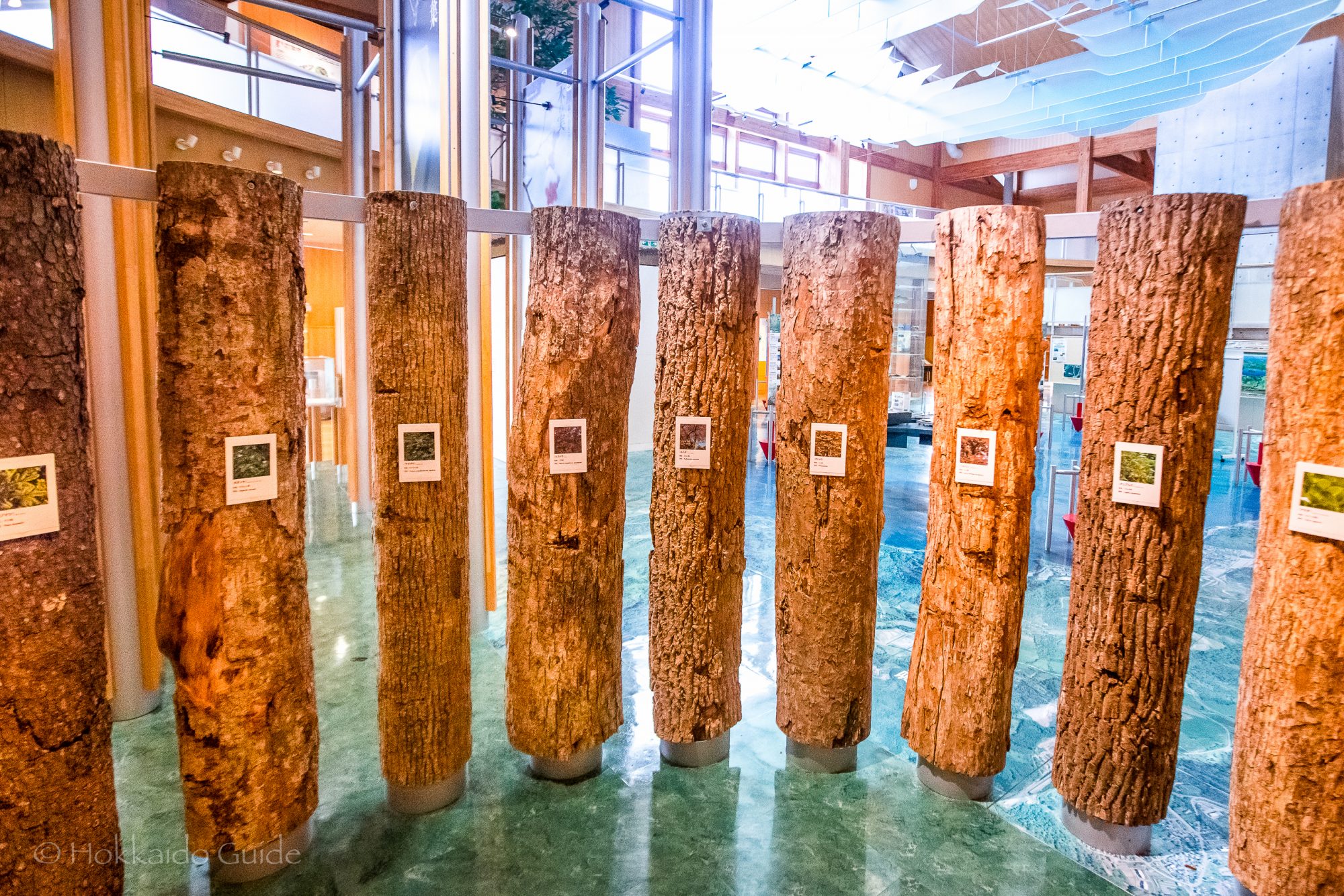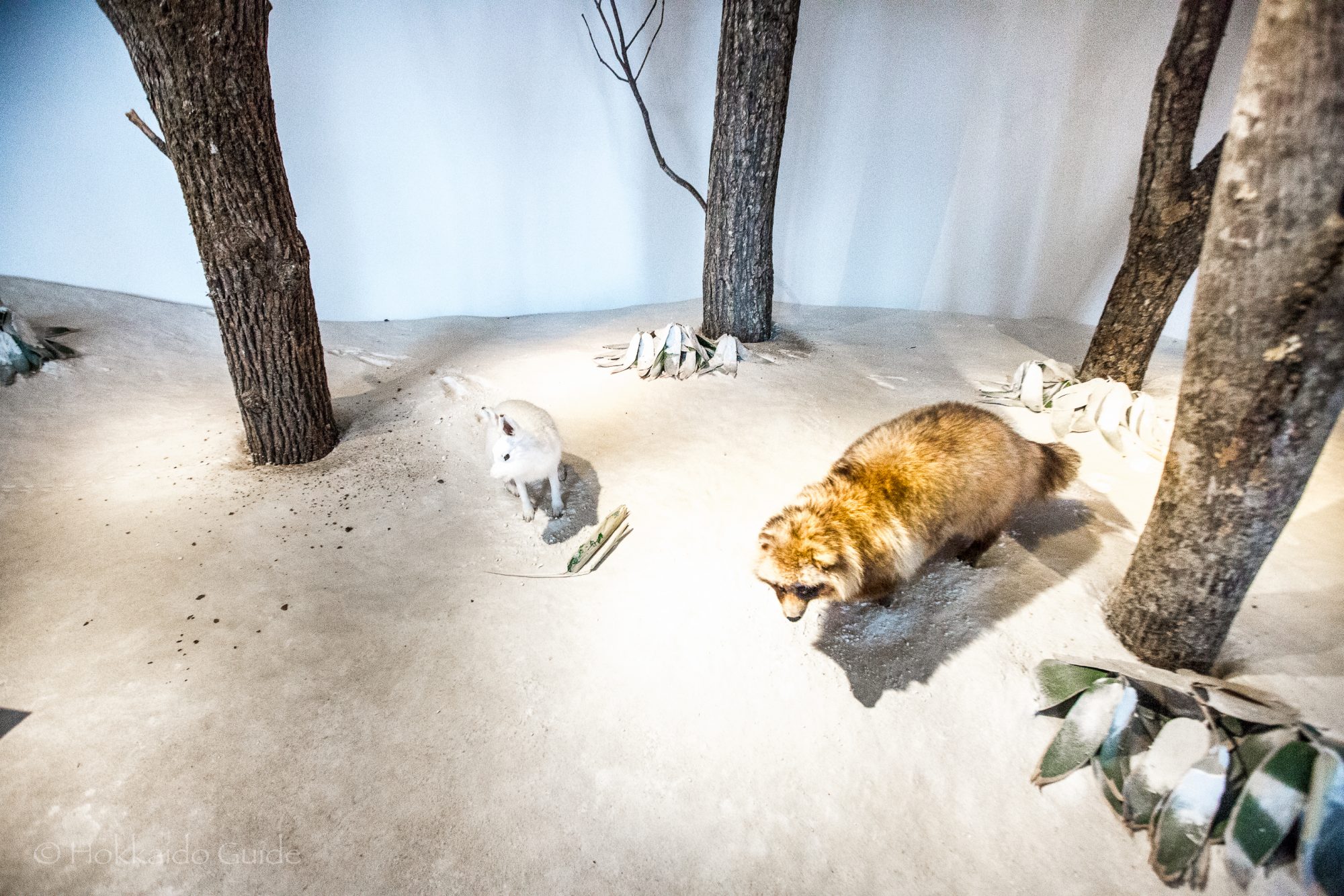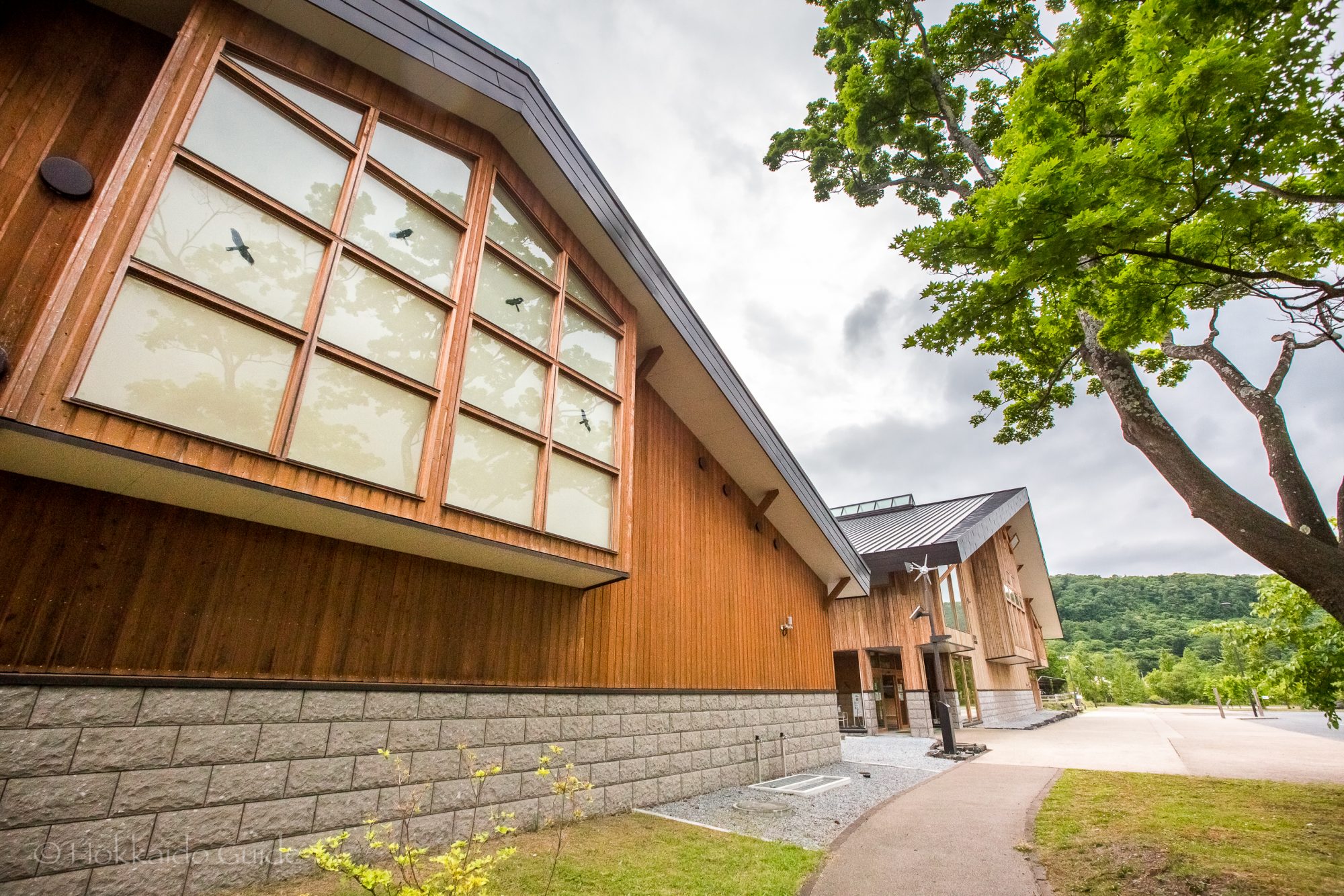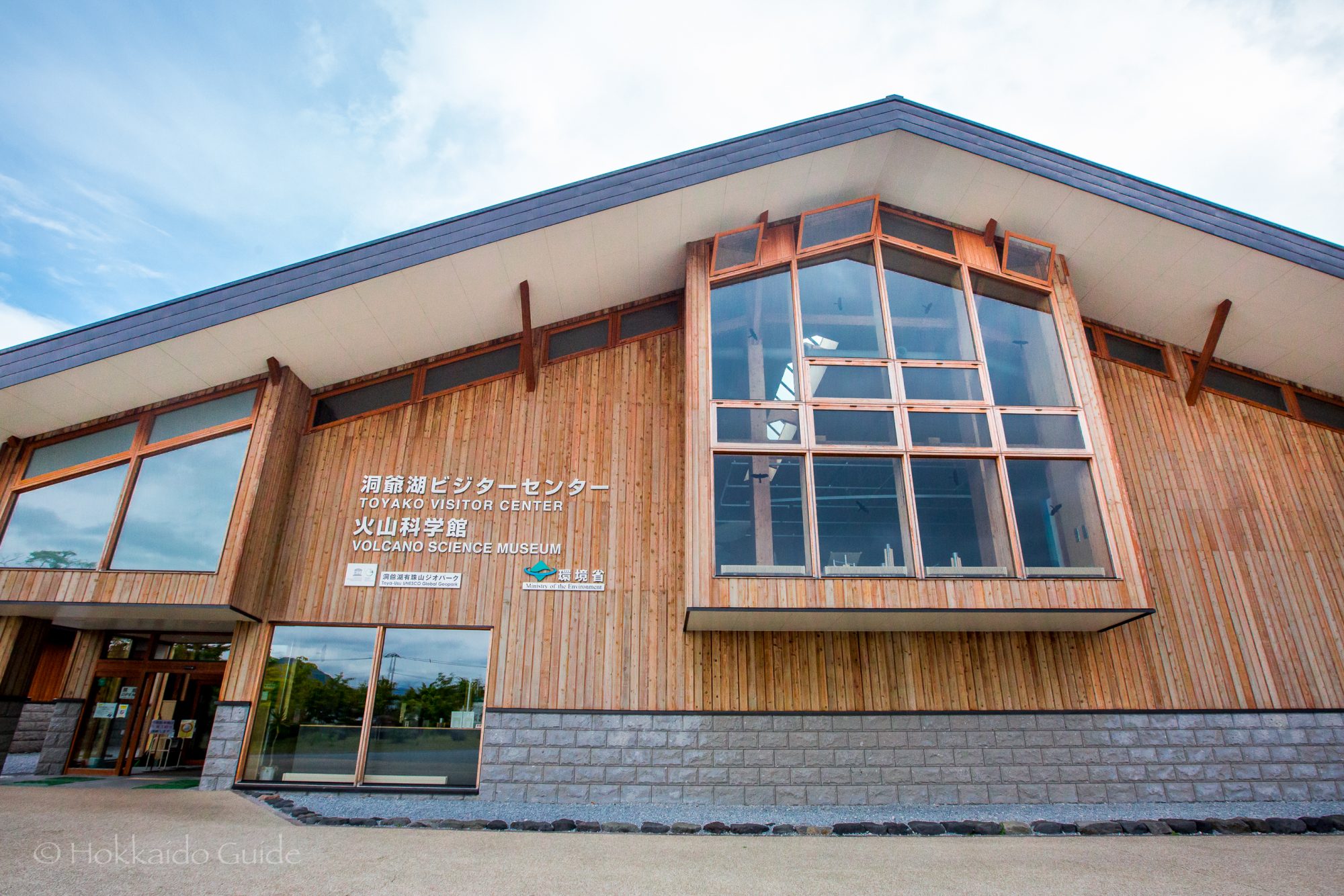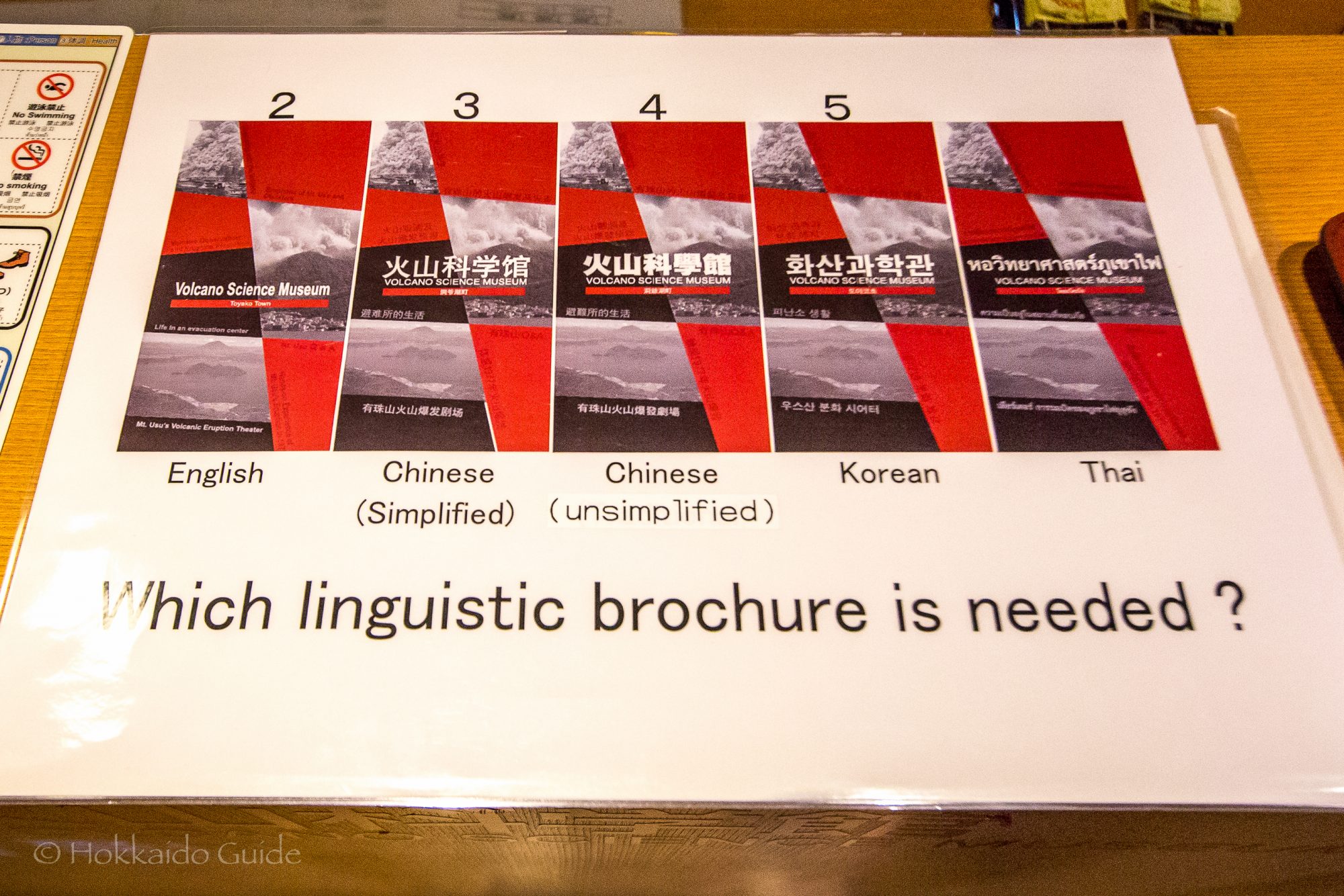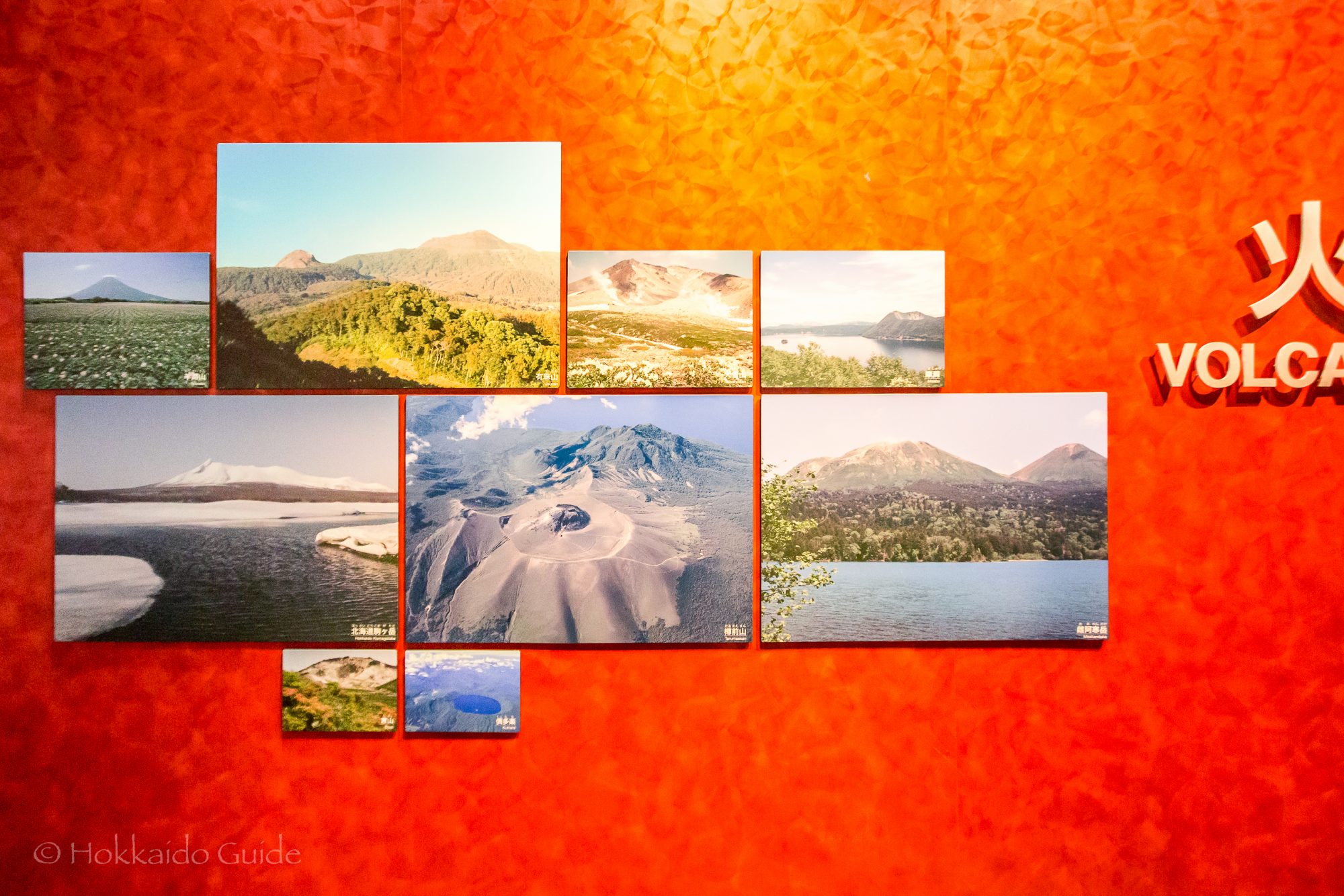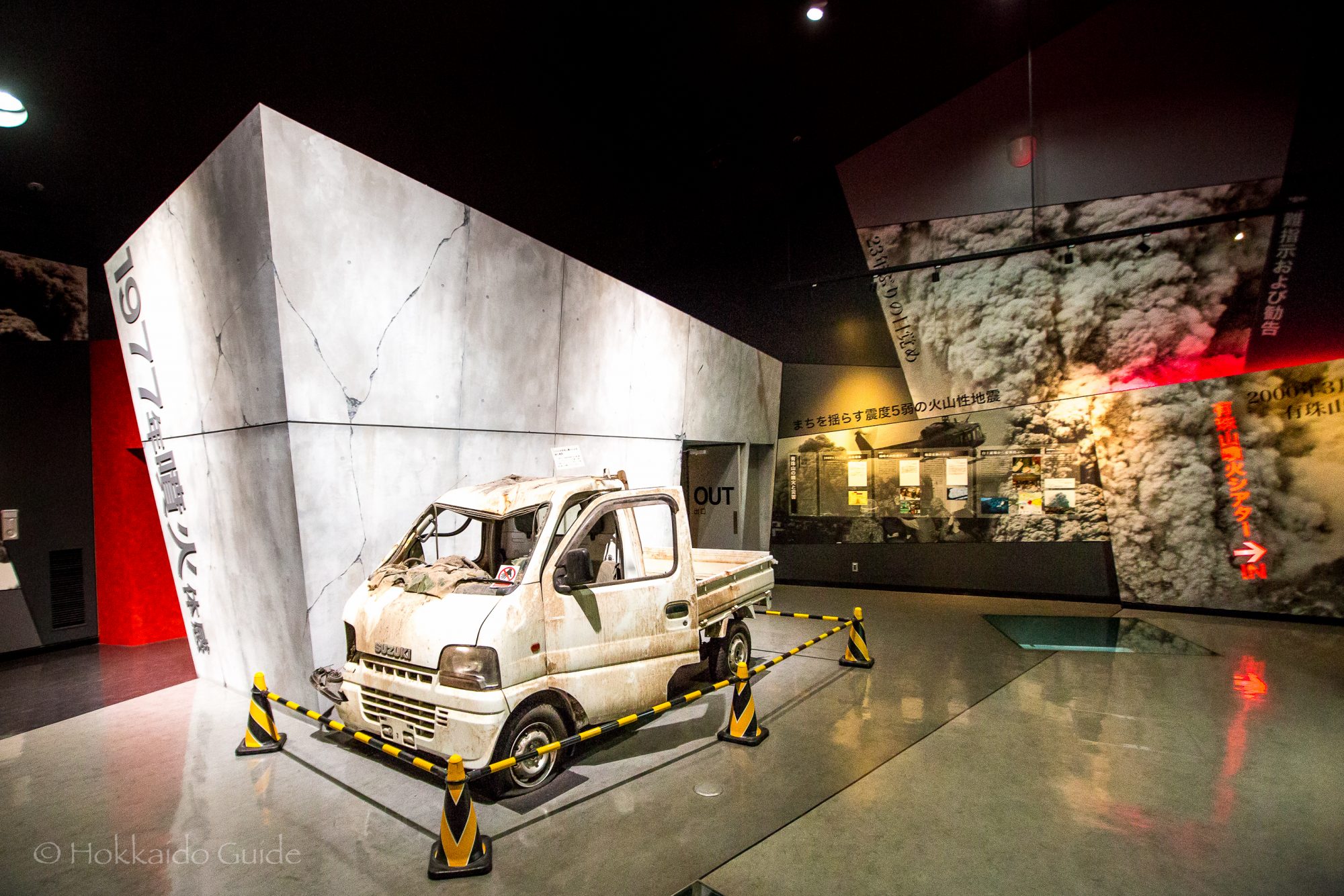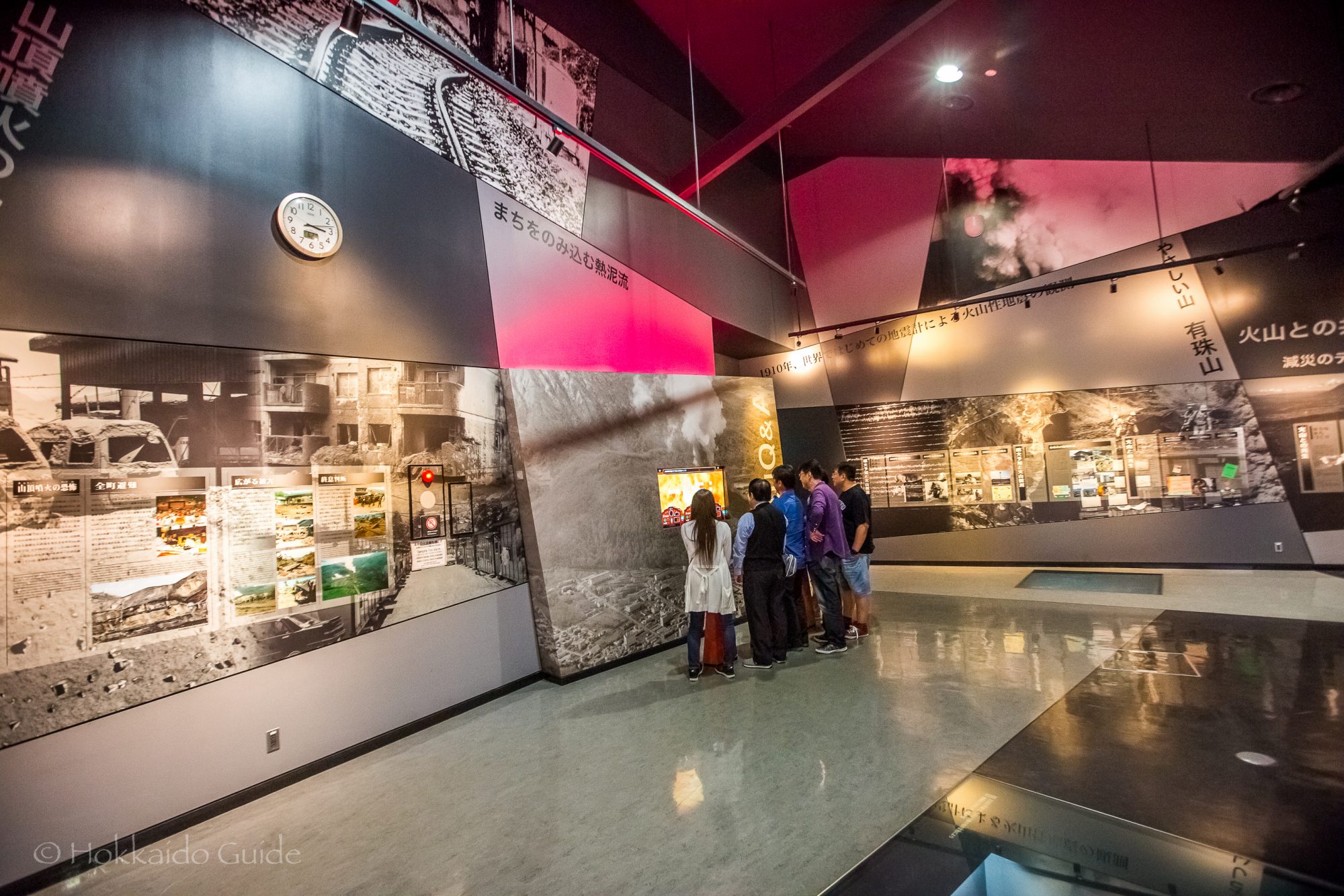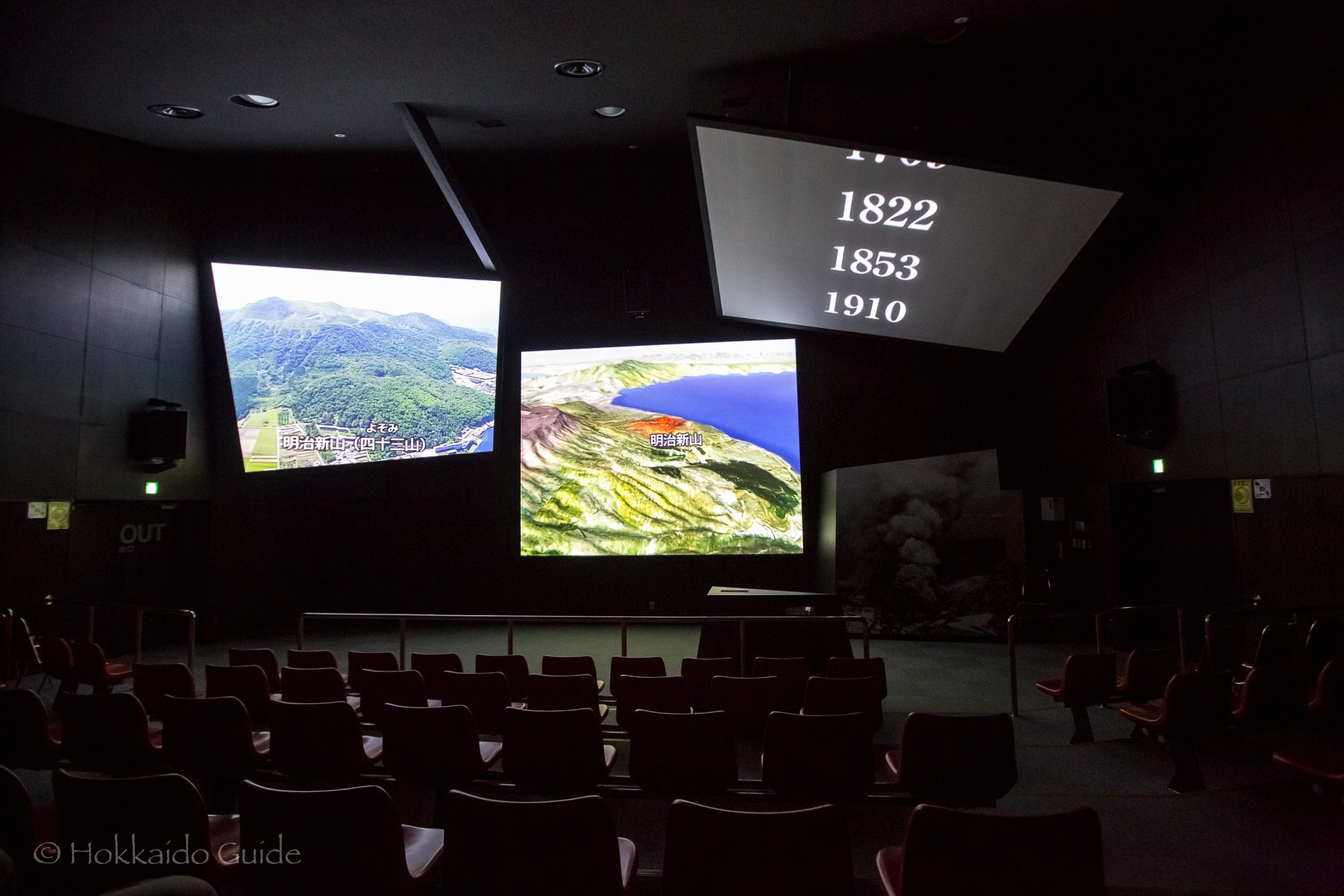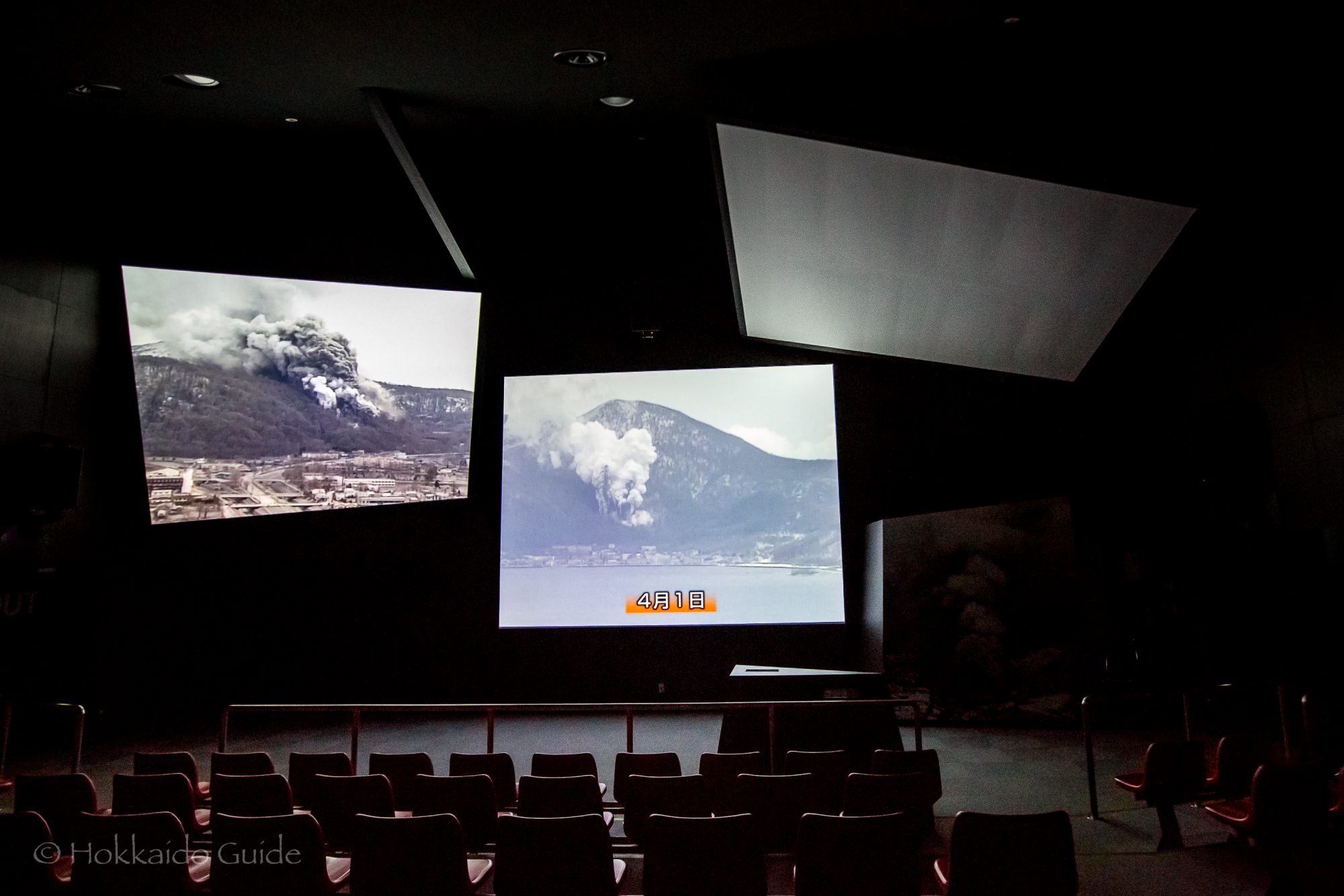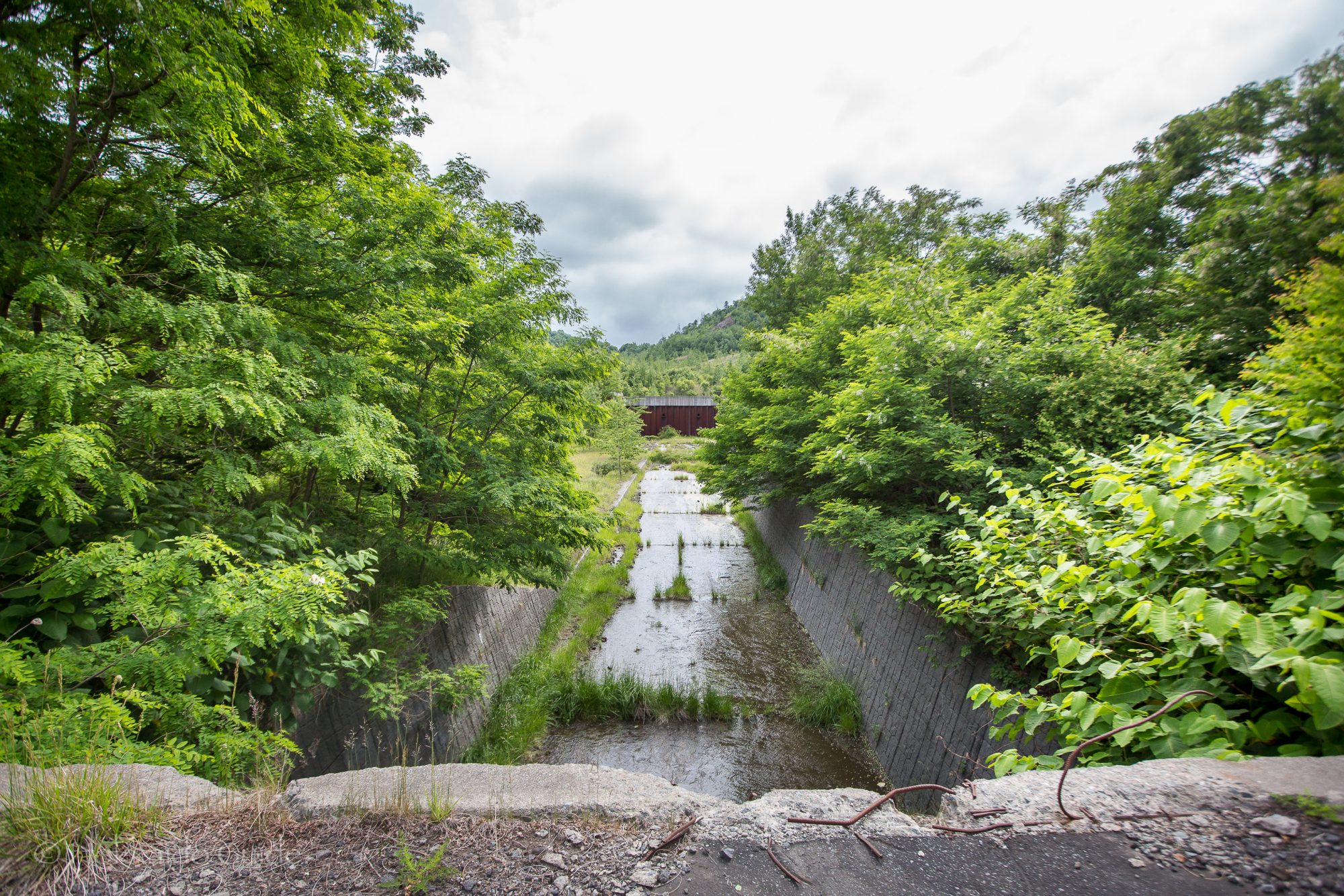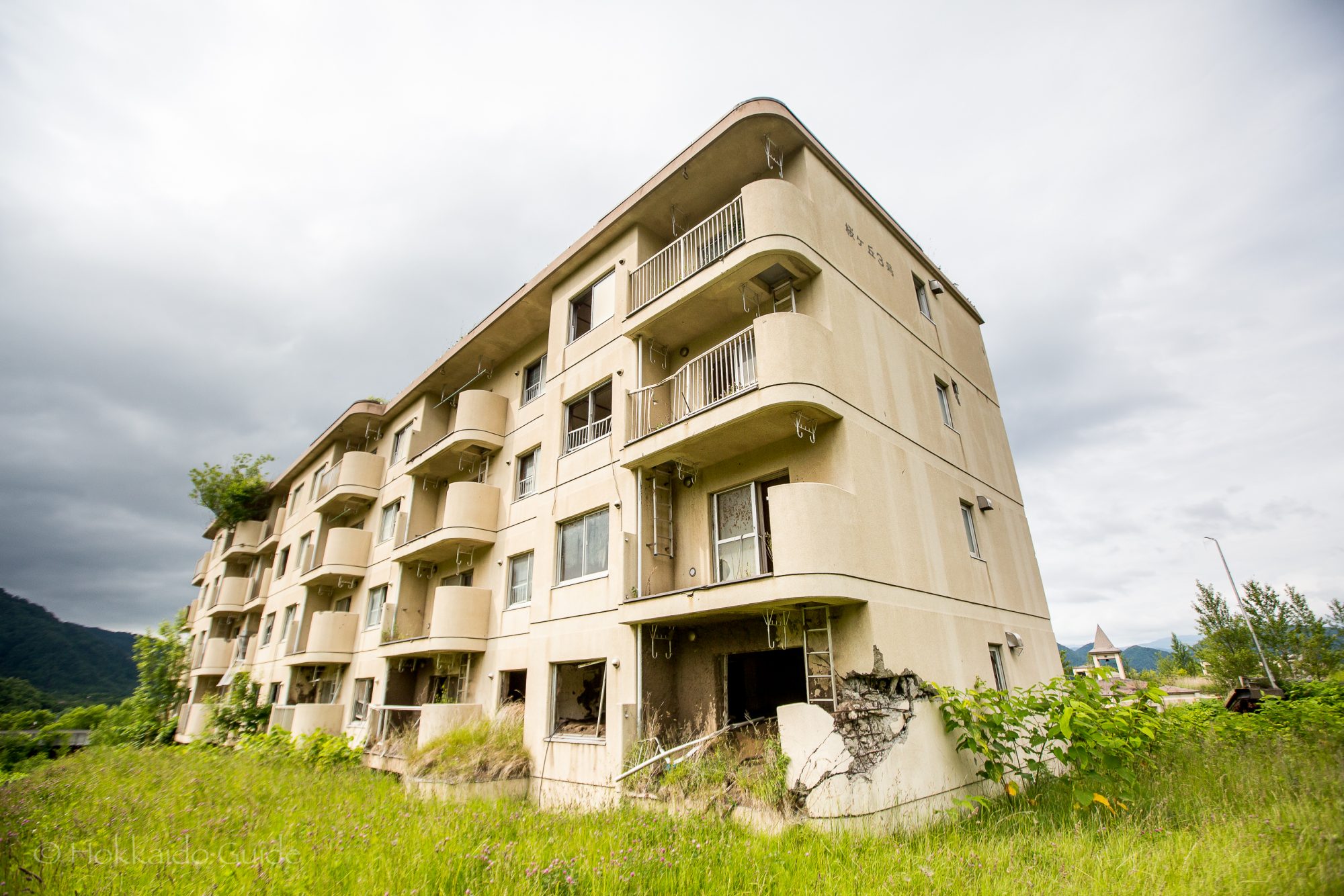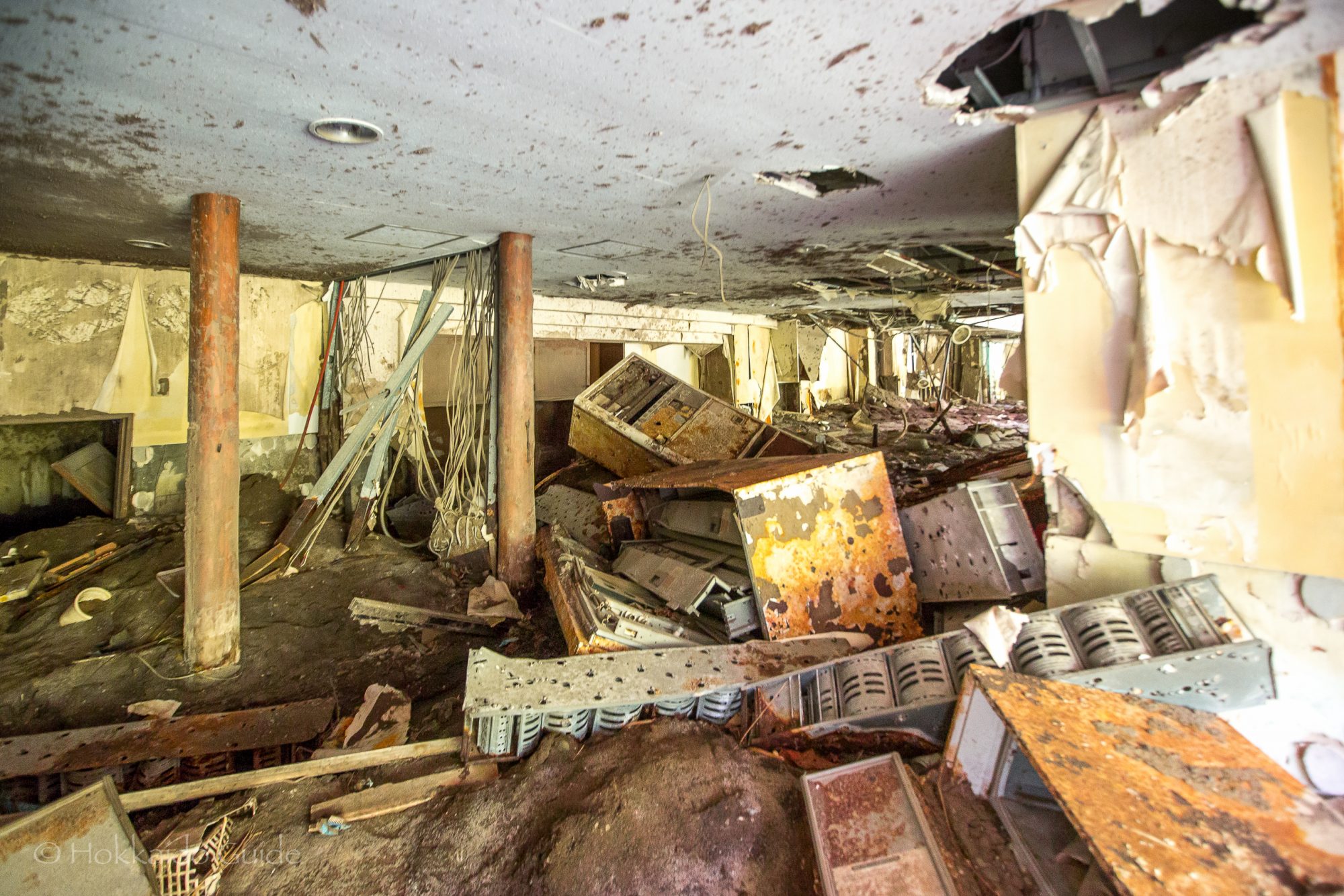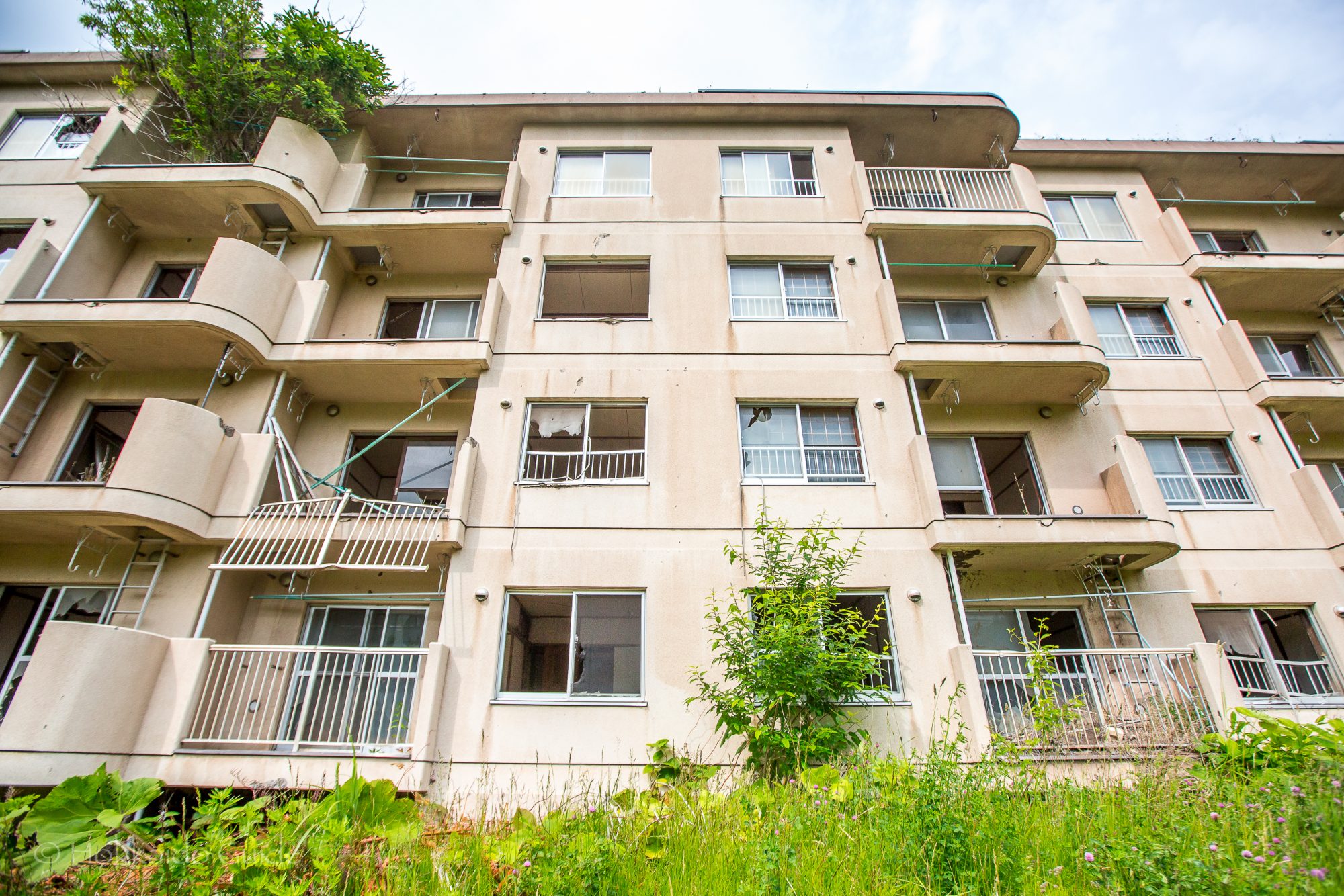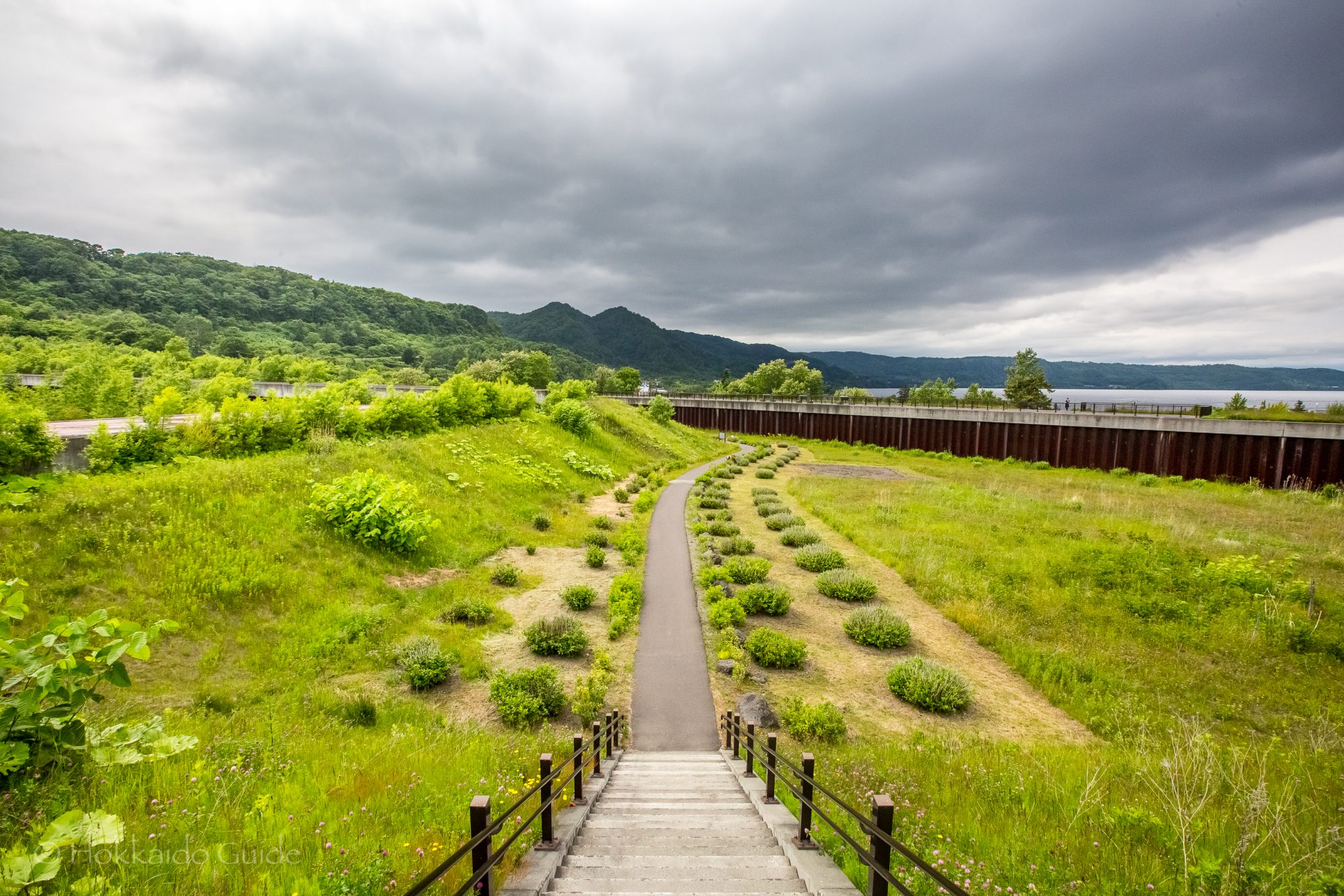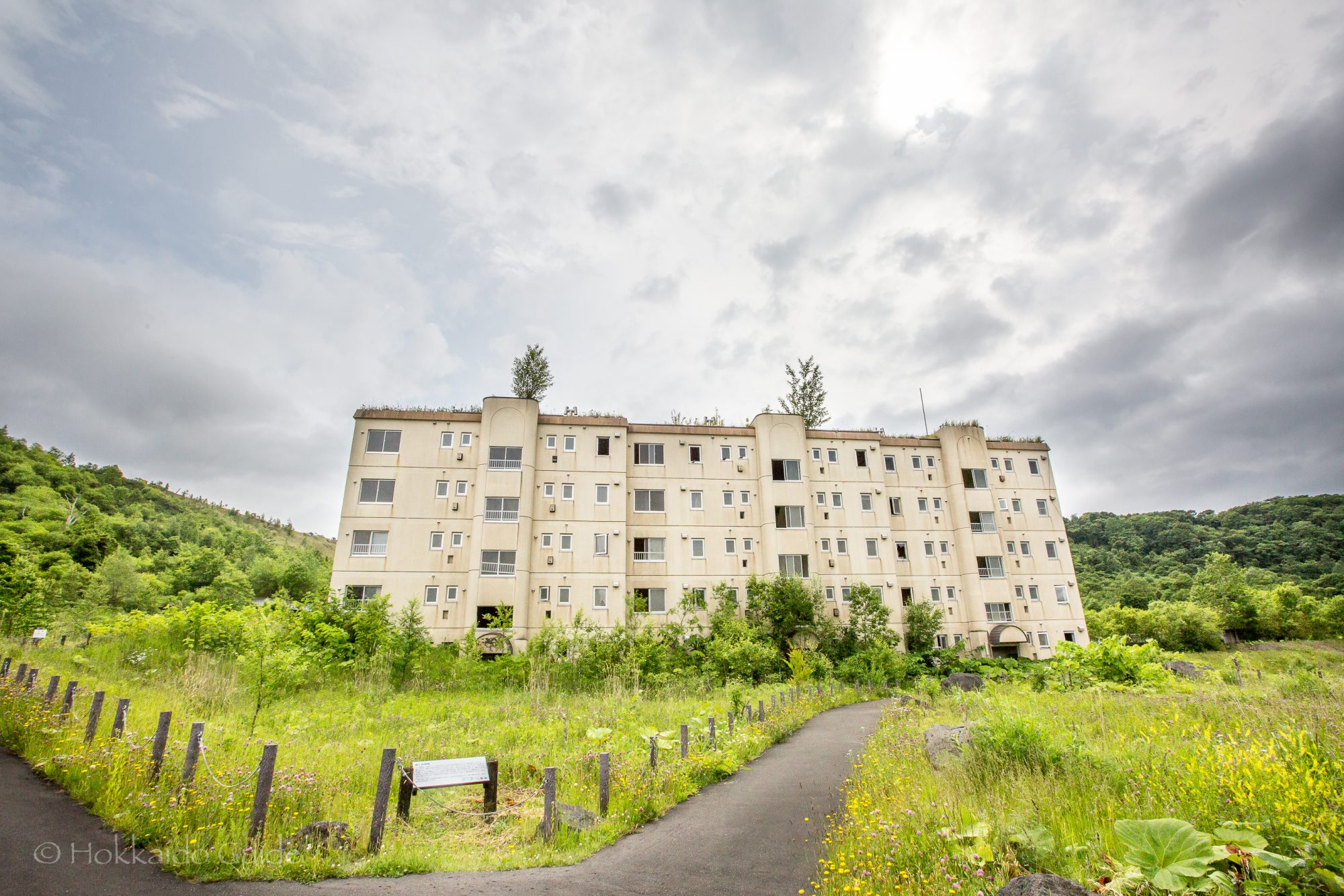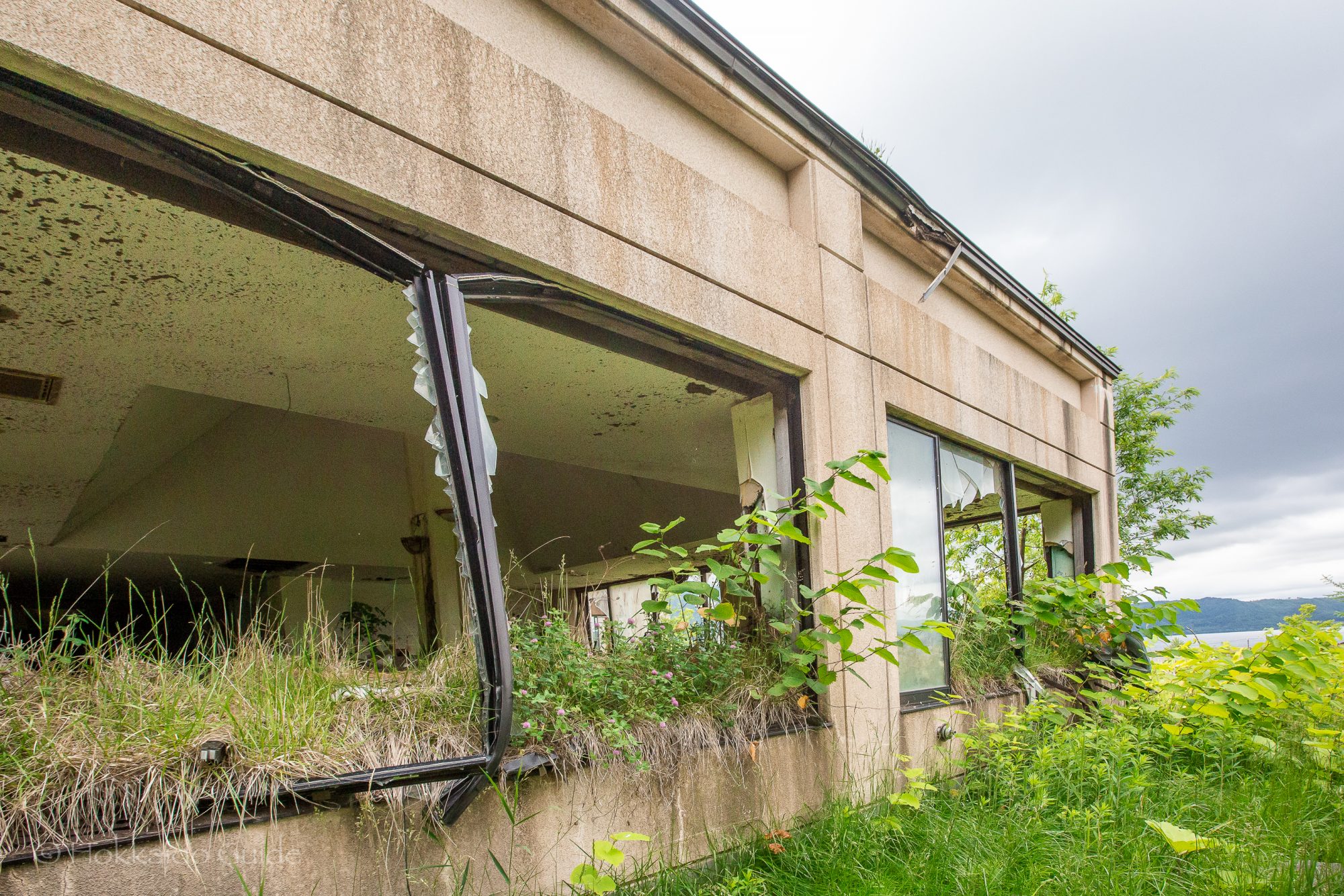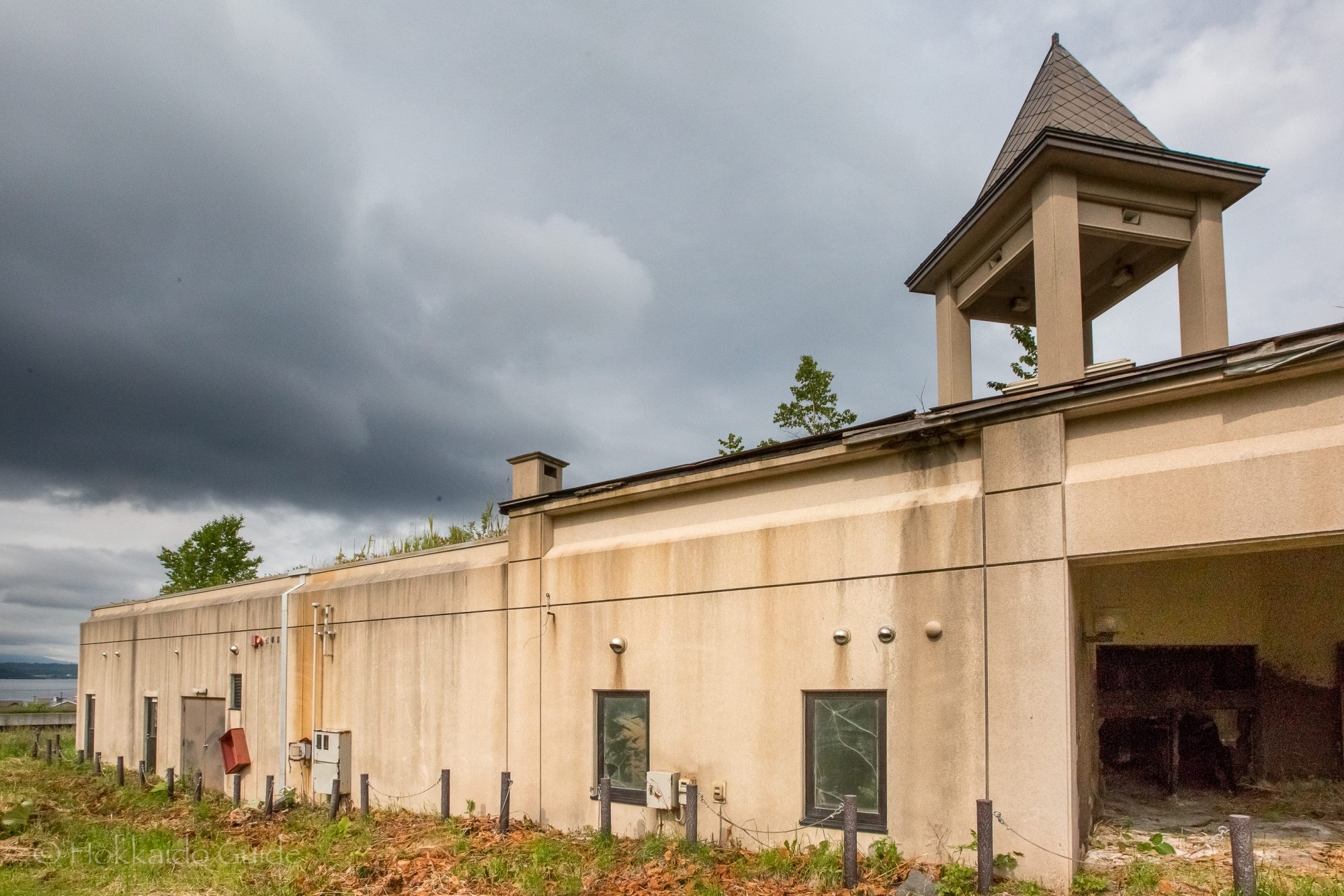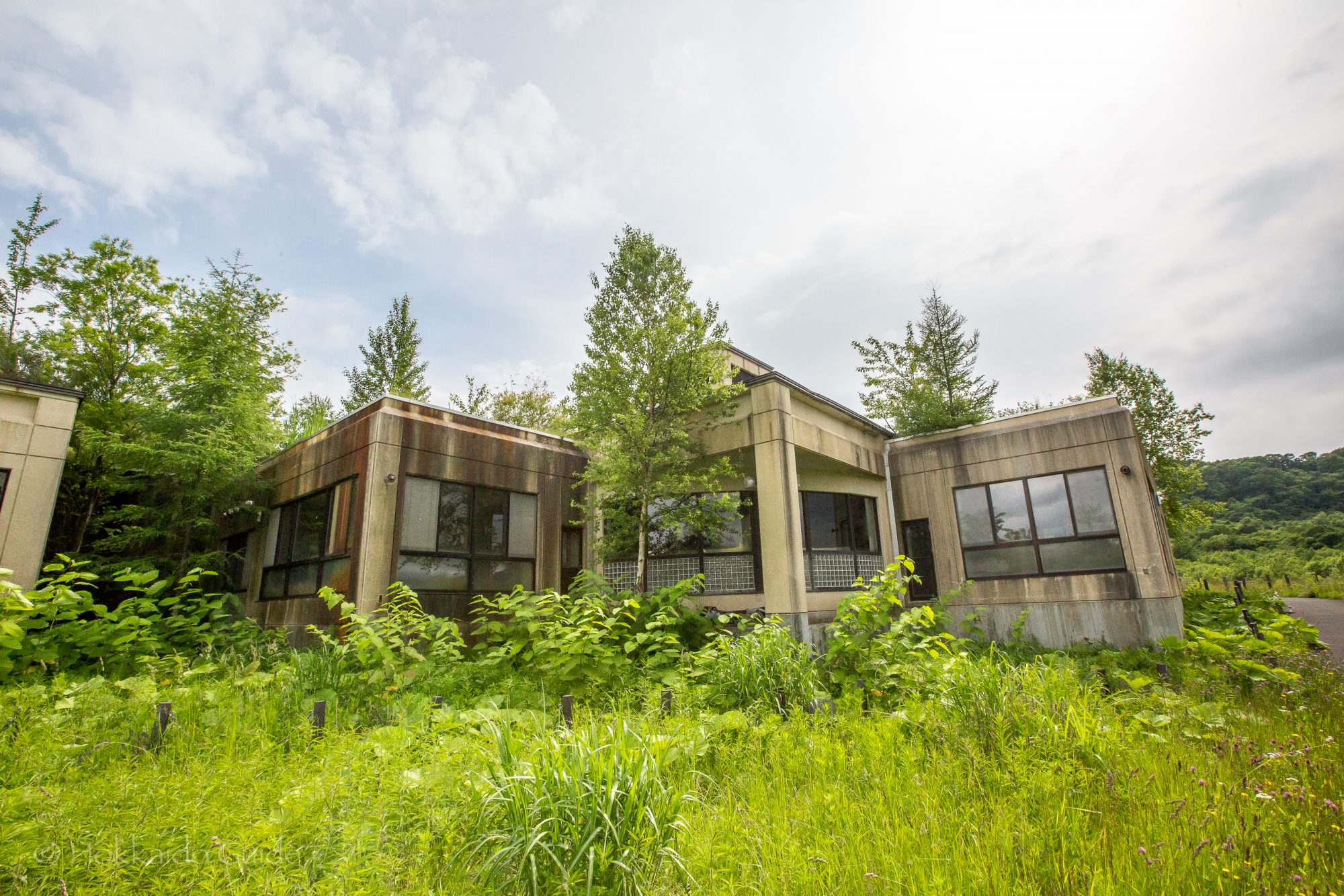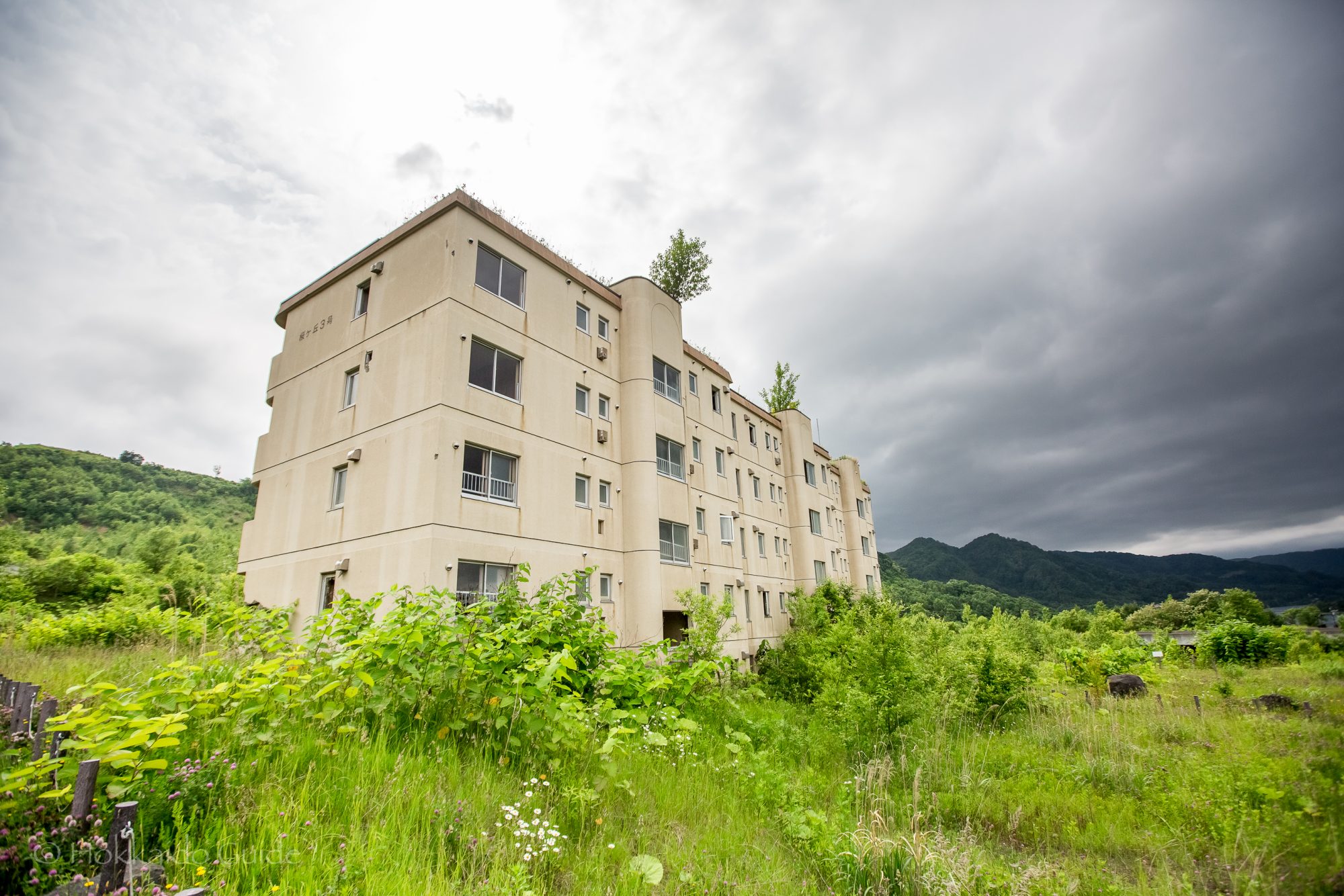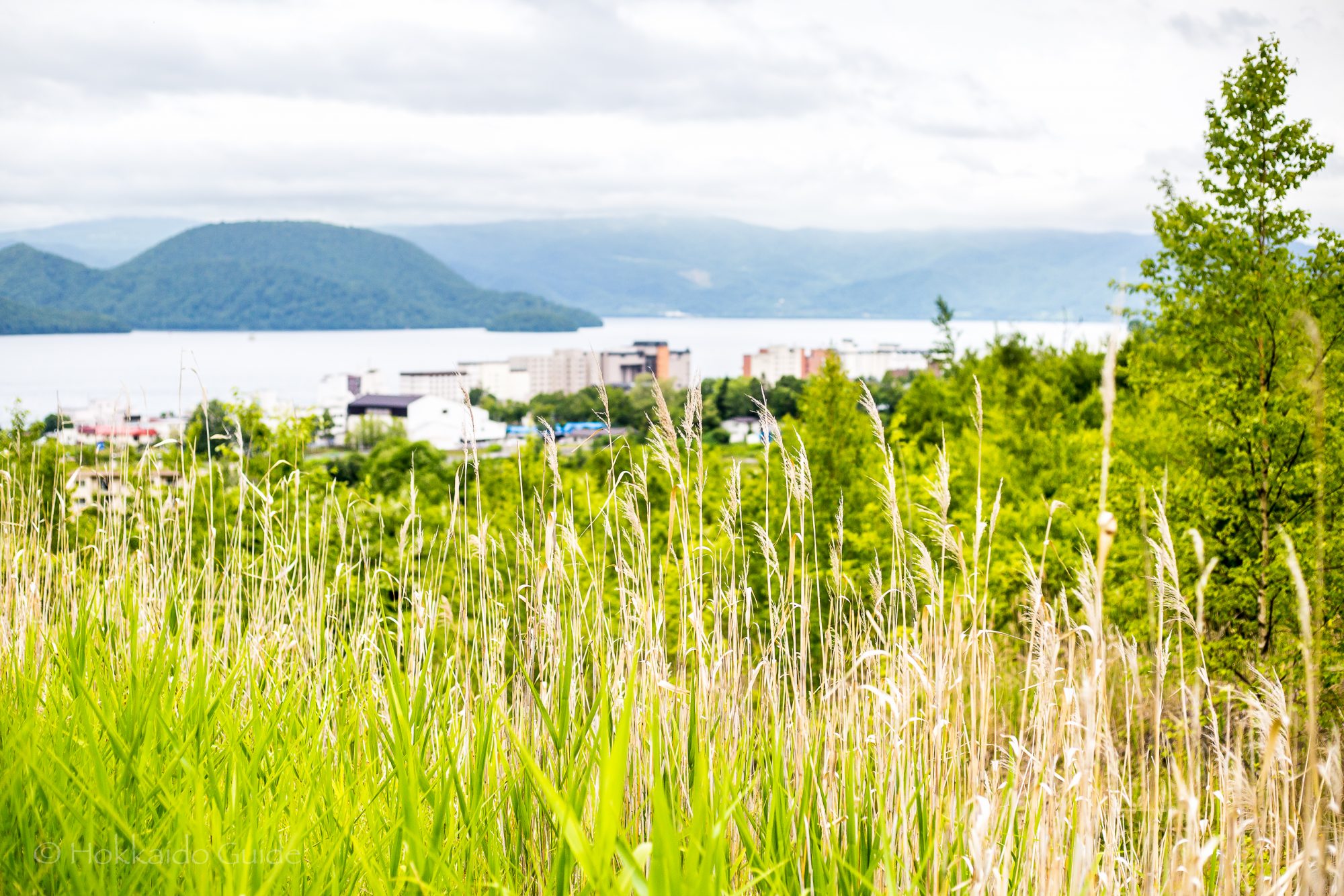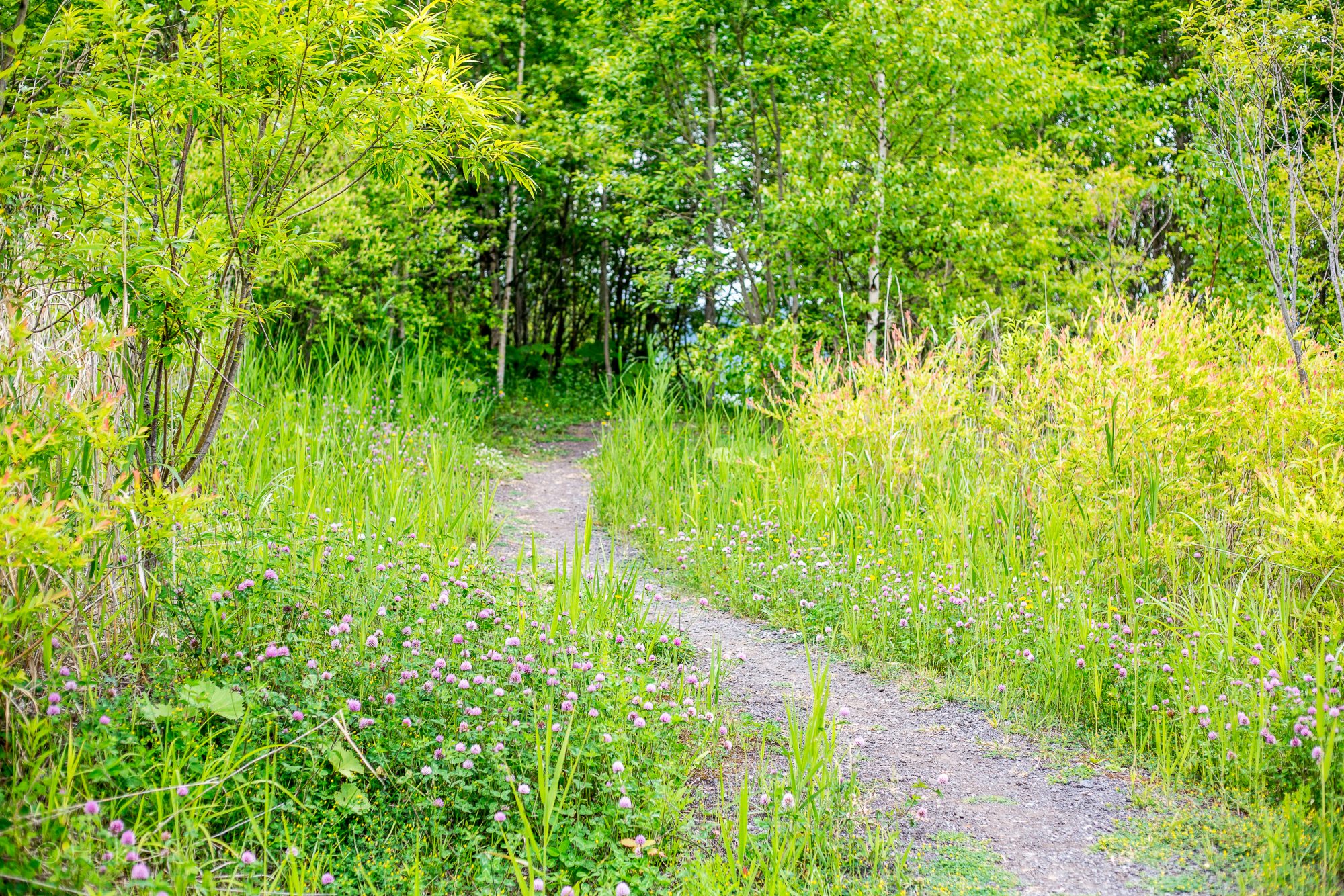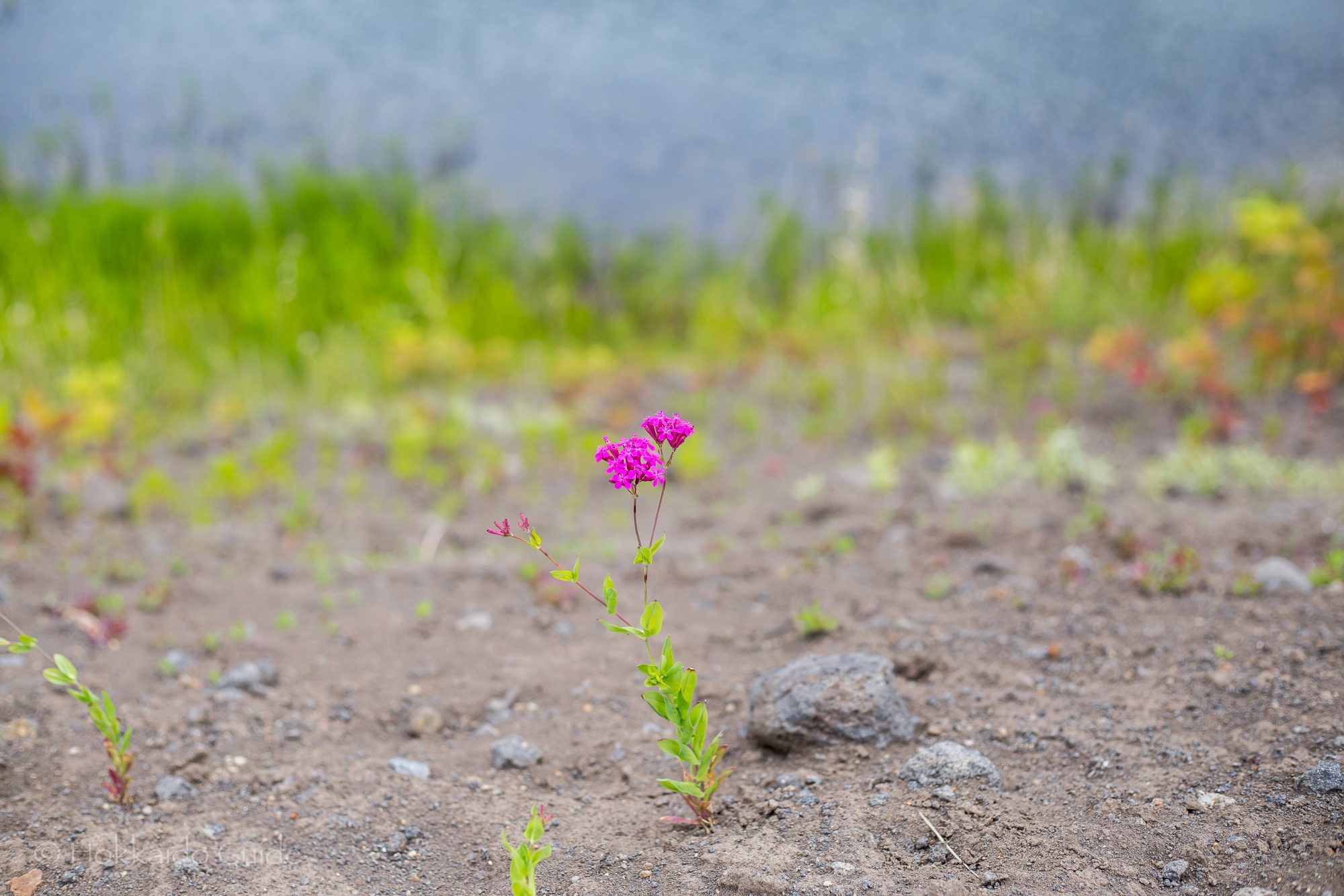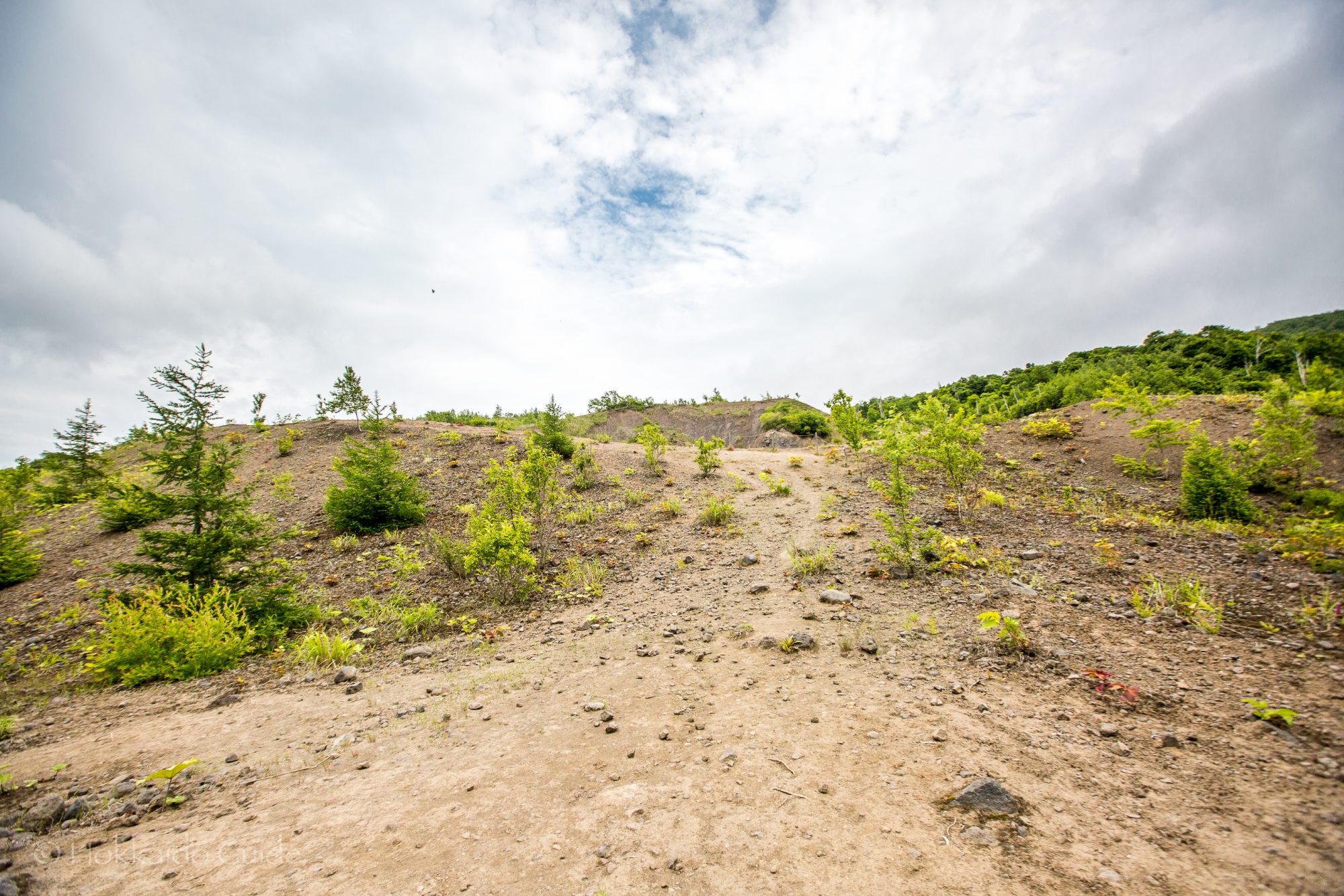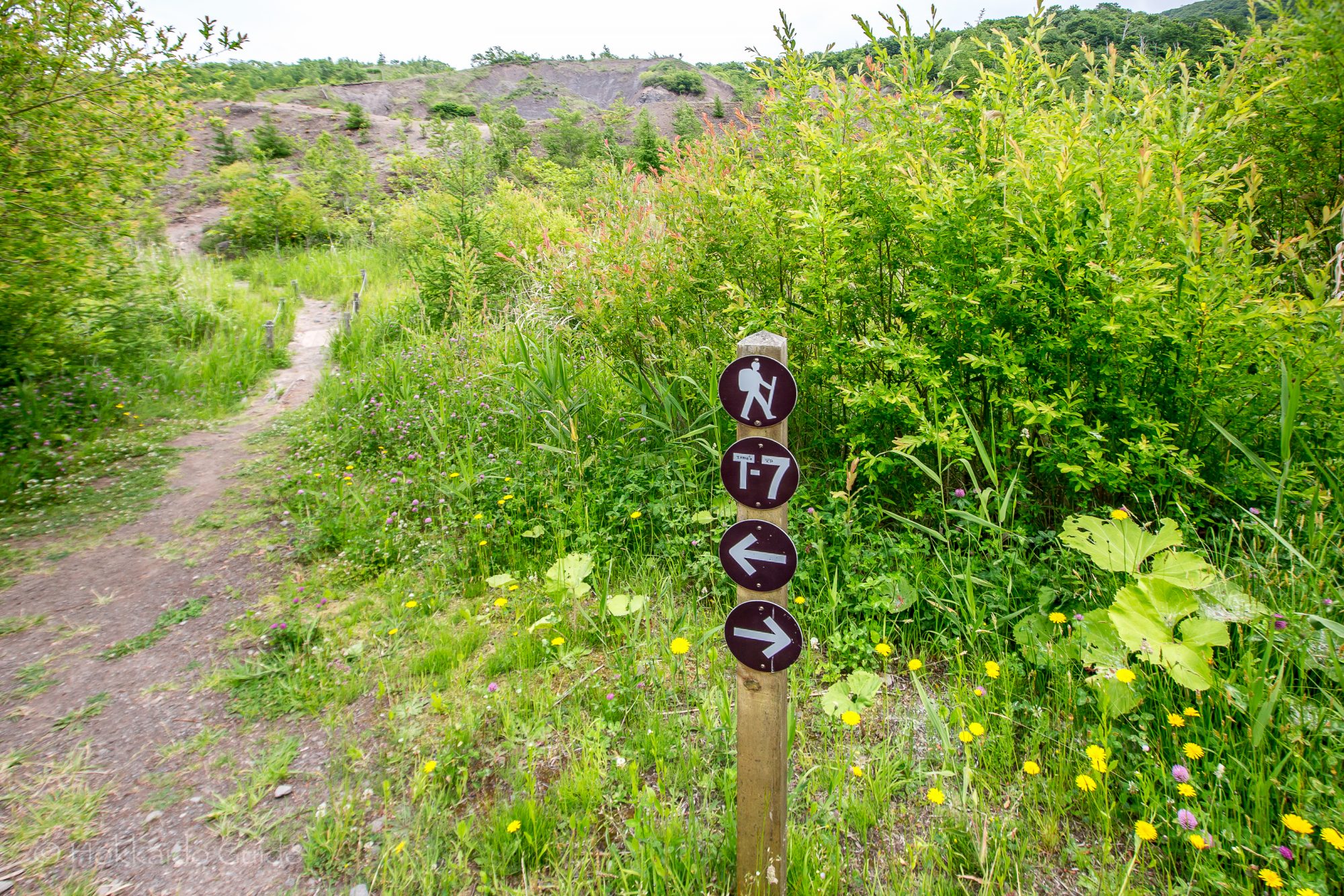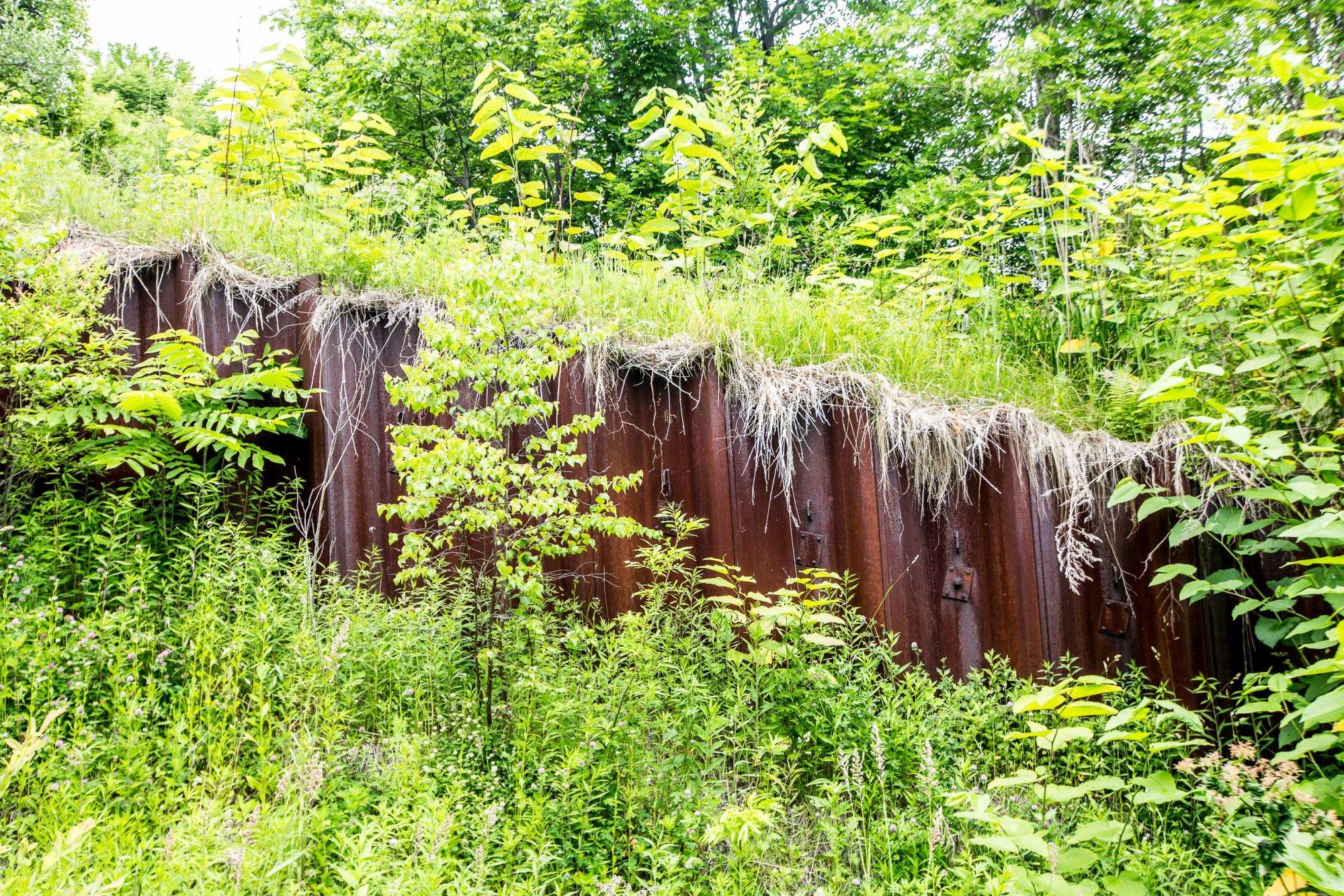
Tag: Volcano
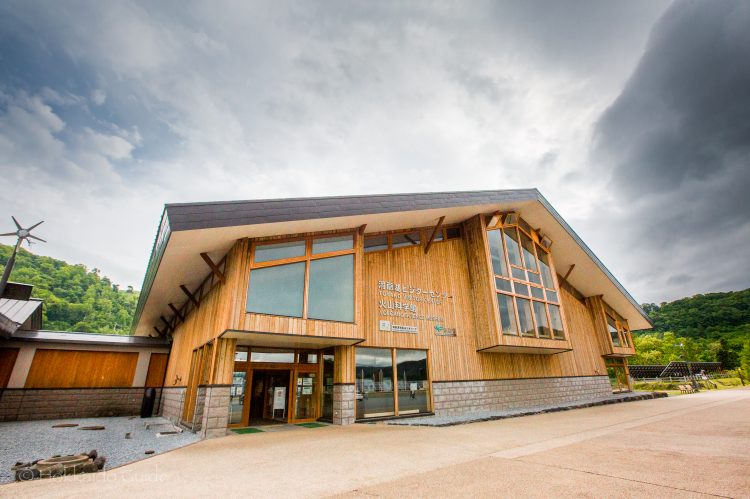
Toyako Visitor Center

| Admission | Free entry Volcano Museum ¥600 Adults - ¥300 Children |
| Opening Hours | 9:00 - 17:00 |
| Closed | December 31 to January 3 |
| Contact | 0142-75-2555 http://www.toyako-vc.jp/en/volcano/ |
| Notes | Museum, parking available, local information. Volcano Theater show times are held every 30 minutes from 9:30 to 16:30 |
| Location / Getting There | Located on the southern shore of Lake Toya. A 2 minute drive up the hill from central Toya Onsen district. 142-5 Toyakoonsen, Toyako, Abuta District, Hokkaido 049-5721 |
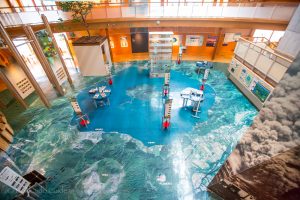 The Toyako Visitor center is a beautifully designed building that was established in May of 2007. The facility was made by the Ministry of the Environment. It is an information center that focuses on the environment and the interesting biodiversity of Lake Toya. Through exhibitions and displays, the facility helps visitors get in touch with the area, and introducing various eco-museum projects. There is also a fantastic Volcano Museum inside, which looks at the volcanic activity of the area, both past and present!
The Toyako Visitor center is a beautifully designed building that was established in May of 2007. The facility was made by the Ministry of the Environment. It is an information center that focuses on the environment and the interesting biodiversity of Lake Toya. Through exhibitions and displays, the facility helps visitors get in touch with the area, and introducing various eco-museum projects. There is also a fantastic Volcano Museum inside, which looks at the volcanic activity of the area, both past and present!
[the_ad id=”4264″]
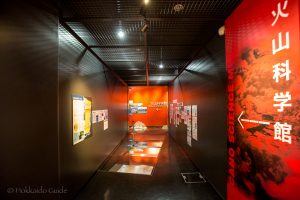 The volcanic science museum can be found at the Toyako Visitor Center. It is an interesting small museum that focuses on the eruptions at Lake Toya that occurred in 1977, and in 2000. Through exhibitions, and experience devices you can get a real feel for the impact of these volcanic eruptions, and introduces the history of Mount Usu. There is a theatre inside which is fascinating and definitely worth a visit. The 13 minute documentary delves into the eruptions with sound and visuals which leave a strong impact. The audio device has translations into English, Korean, Chinese, and Thai.
The volcanic science museum can be found at the Toyako Visitor Center. It is an interesting small museum that focuses on the eruptions at Lake Toya that occurred in 1977, and in 2000. Through exhibitions, and experience devices you can get a real feel for the impact of these volcanic eruptions, and introduces the history of Mount Usu. There is a theatre inside which is fascinating and definitely worth a visit. The 13 minute documentary delves into the eruptions with sound and visuals which leave a strong impact. The audio device has translations into English, Korean, Chinese, and Thai.
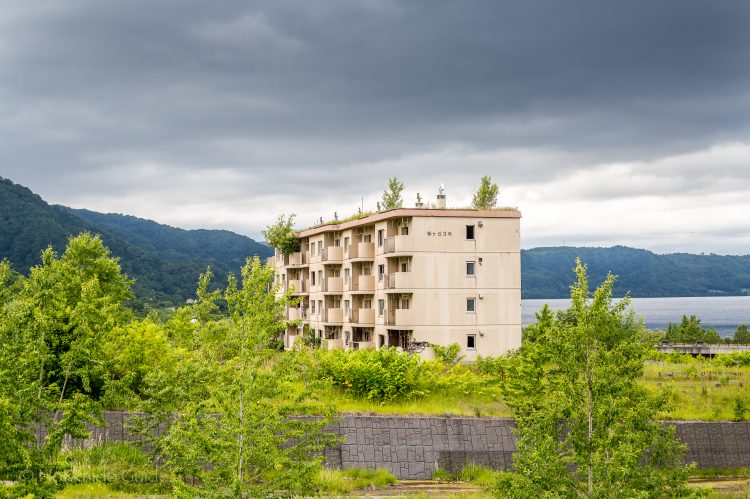
Konpira Ruins

| Admission | Free |
| Opening Hours | All day |
| Closed | - |
| Contact | 0142-76-2121 |
| Notes | Historical sight, photography spot, parking available |
| Location / Getting There | On the southern side of Lake Toya. The housing ruins are a 5 minute walk from the entrance. Toyakoonsen, Toyako, Abuta District, Hokkaido 049-5721 |
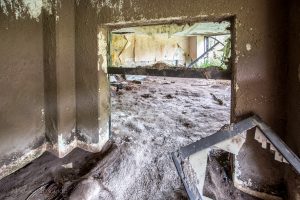 On March 27, 2000 Lake Toya was hit by volcanic activity and a number of large earthquakes causing some fault lines and the evacuation of the local residents. 4 days later, Mt. Usu erupted for the first time in 23 years. This followed with the eruption of Mt. Konpira which spewed forth volcanic rock and steaming mud towards the Toya Hot Spring district. This deadly mudslide swallowed bridges and houses in its wake. Now, a few of these buildings known as the Sakuragaoka Housing Ruins can be visited and you can get a first hand look at the destruction that was caused.
On March 27, 2000 Lake Toya was hit by volcanic activity and a number of large earthquakes causing some fault lines and the evacuation of the local residents. 4 days later, Mt. Usu erupted for the first time in 23 years. This followed with the eruption of Mt. Konpira which spewed forth volcanic rock and steaming mud towards the Toya Hot Spring district. This deadly mudslide swallowed bridges and houses in its wake. Now, a few of these buildings known as the Sakuragaoka Housing Ruins can be visited and you can get a first hand look at the destruction that was caused.
[the_ad id=”4264″]
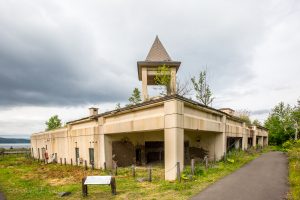 The outcome included the destruction of 234 homes and damage to a further 217. Fortunately, due to the evacuations there were no casualties. These buildings are fascinating to walk around and to peer into past events. In the quiet of the countryside, they serve as a spooky reminder to the power of mother nature. The path to the building ruins is easy to follow and it is recommended to follow it further up to the Ari-kun crater. Since the eruption, safeguards have been put in place to help protect the Toya Hot Spring district, including sandbanks plus steel barriers. These can be seen along the way.
The outcome included the destruction of 234 homes and damage to a further 217. Fortunately, due to the evacuations there were no casualties. These buildings are fascinating to walk around and to peer into past events. In the quiet of the countryside, they serve as a spooky reminder to the power of mother nature. The path to the building ruins is easy to follow and it is recommended to follow it further up to the Ari-kun crater. Since the eruption, safeguards have been put in place to help protect the Toya Hot Spring district, including sandbanks plus steel barriers. These can be seen along the way.
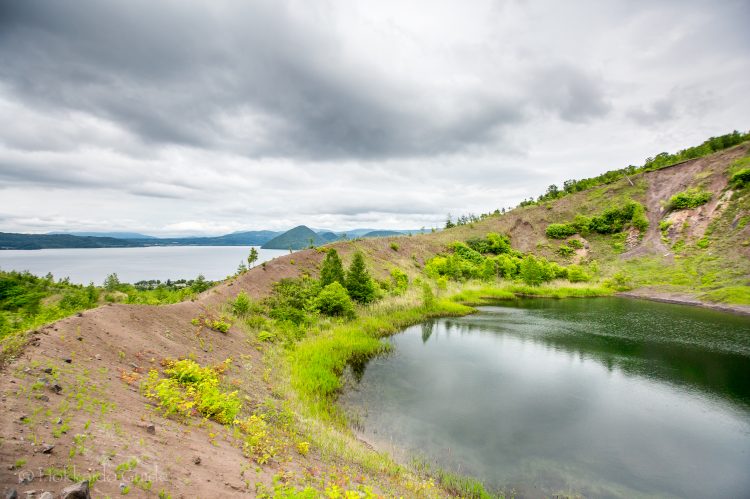
Ari-kun Crater & Walking Trails
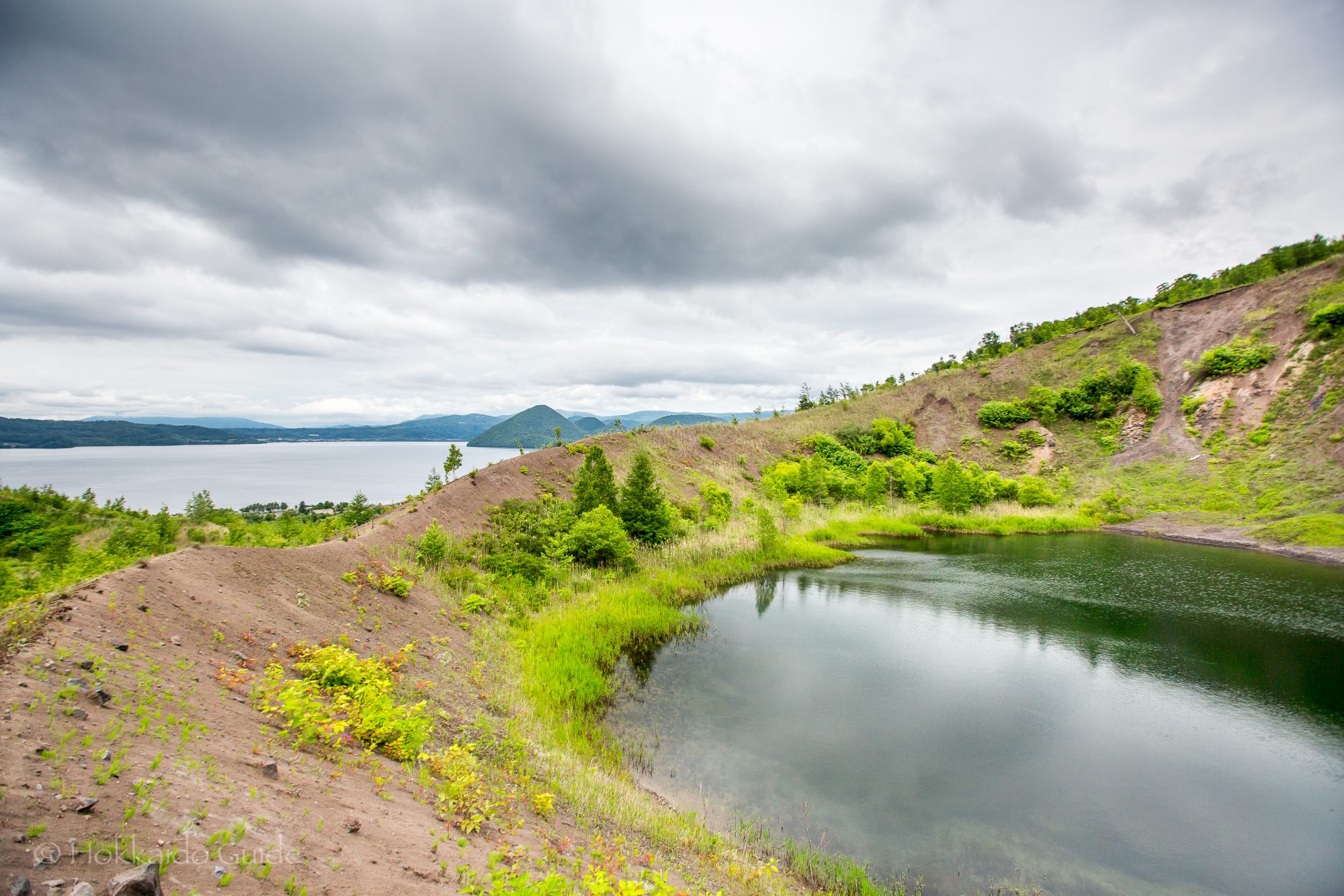
| Admission | Free |
| Opening Hours | All day |
| Closed | - |
| Contact | - |
| Notes | Light walking trails, photography spot, parking available |
| Location / Getting There | On the southern side of Lake Toya. The crater itself is a 15 minute walk from the entrance. Toyakoonsen, Toyako, Abuta District, Hokkaido 049-5721 |
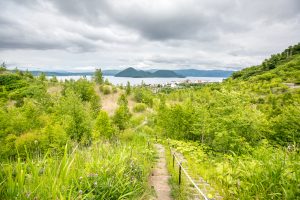 Lake Toya, being a caldera volcanic lake, is surrounded by land that has seen its fair share of volcanic activity. The area is home to a few craters, half a dozen monuments related to the ever shifting geography, and the active volcano Mt. Usu! Among the craters formed over the the southern area of Lake Toya there are some walking trails that make for a nice hike taking in the surrounding landscape. The entrance to the path, called the ‘Kompirayama Walking Trail’ can be found behind the Toyako Visitor Centre. It is also here you can find the parking lot.
Lake Toya, being a caldera volcanic lake, is surrounded by land that has seen its fair share of volcanic activity. The area is home to a few craters, half a dozen monuments related to the ever shifting geography, and the active volcano Mt. Usu! Among the craters formed over the the southern area of Lake Toya there are some walking trails that make for a nice hike taking in the surrounding landscape. The entrance to the path, called the ‘Kompirayama Walking Trail’ can be found behind the Toyako Visitor Centre. It is also here you can find the parking lot.
[the_ad id=”4264″]
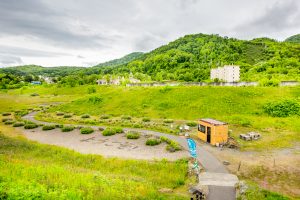 The walking trails are numbered from one to seven. You can find a map of these trails at the small hut at the base of the stairs that lead to start of the hike. The walk leads up into the hills where you can view the Ari-kun crater. Simply follow the sign mark T-7 and this will lead you to the crater. Along the way, you can see the steel barriers that were erected to protect the town from the hot mudflow after the 1977 eruptions. The trail is a circuit that also leads past the Sakuragaoka Housing Complex Ruins. Not only can you enjoy the views, but you also learn about the interesting history of the impact of the volcanoes in the area!
The walking trails are numbered from one to seven. You can find a map of these trails at the small hut at the base of the stairs that lead to start of the hike. The walk leads up into the hills where you can view the Ari-kun crater. Simply follow the sign mark T-7 and this will lead you to the crater. Along the way, you can see the steel barriers that were erected to protect the town from the hot mudflow after the 1977 eruptions. The trail is a circuit that also leads past the Sakuragaoka Housing Complex Ruins. Not only can you enjoy the views, but you also learn about the interesting history of the impact of the volcanoes in the area!

